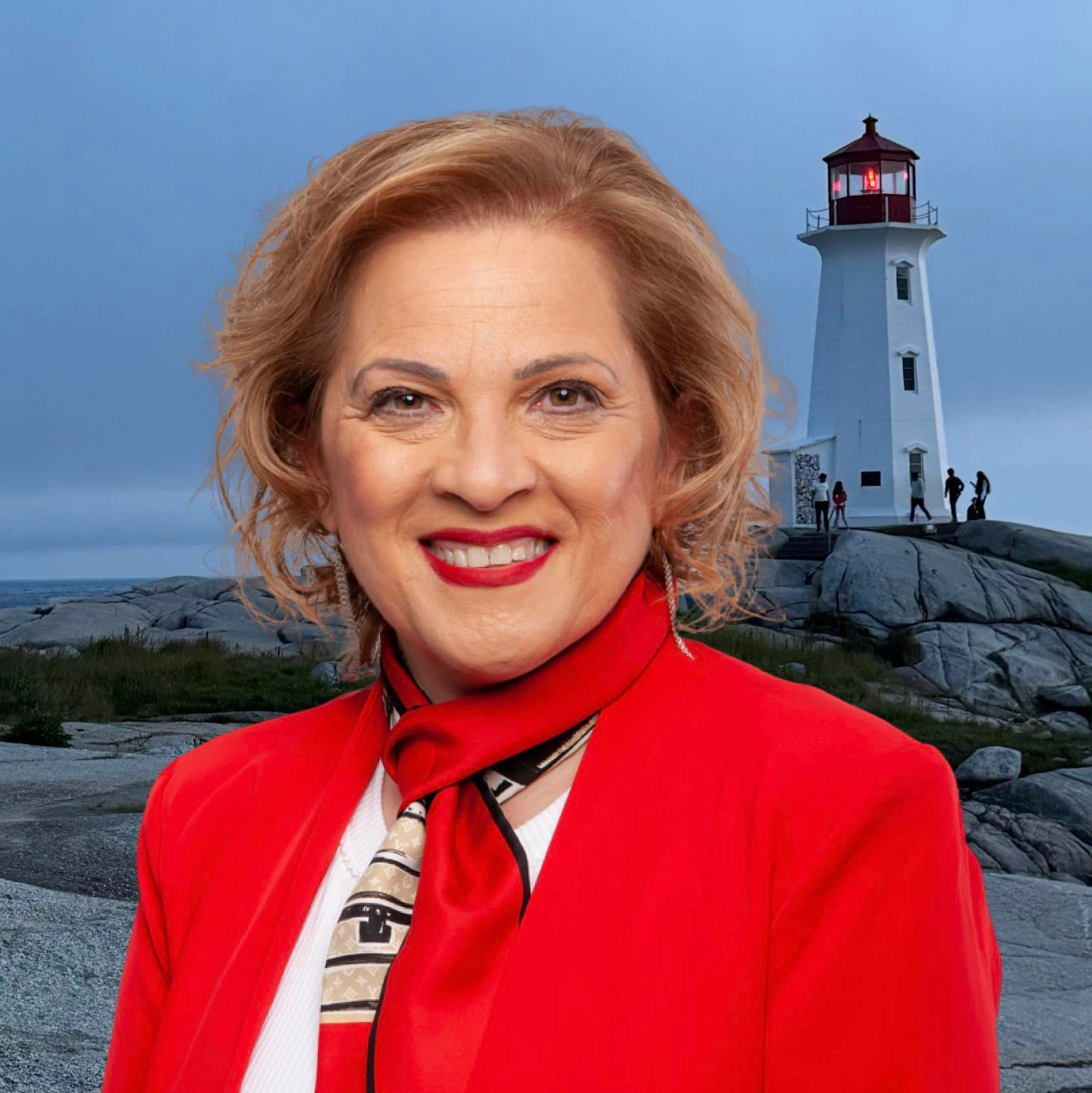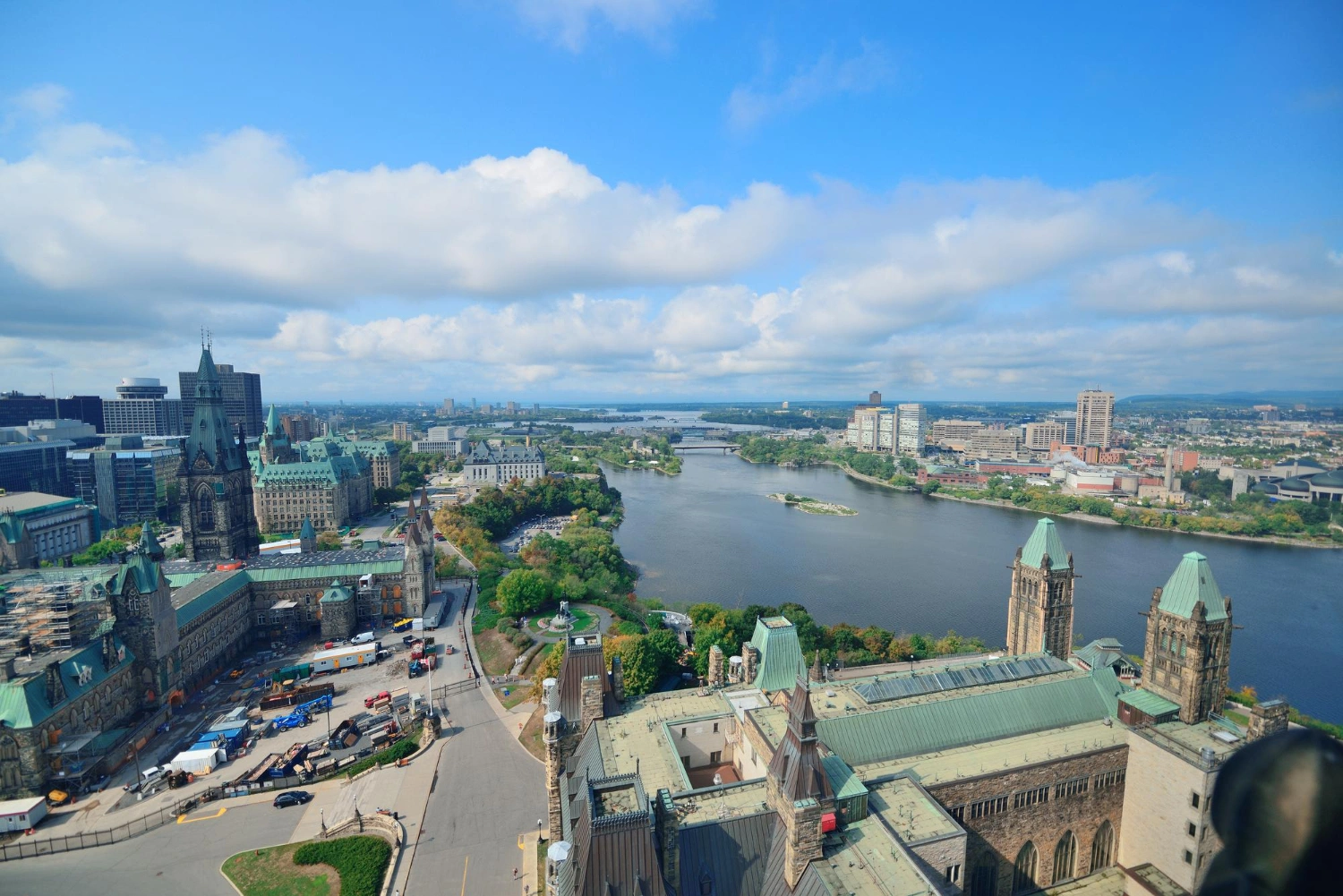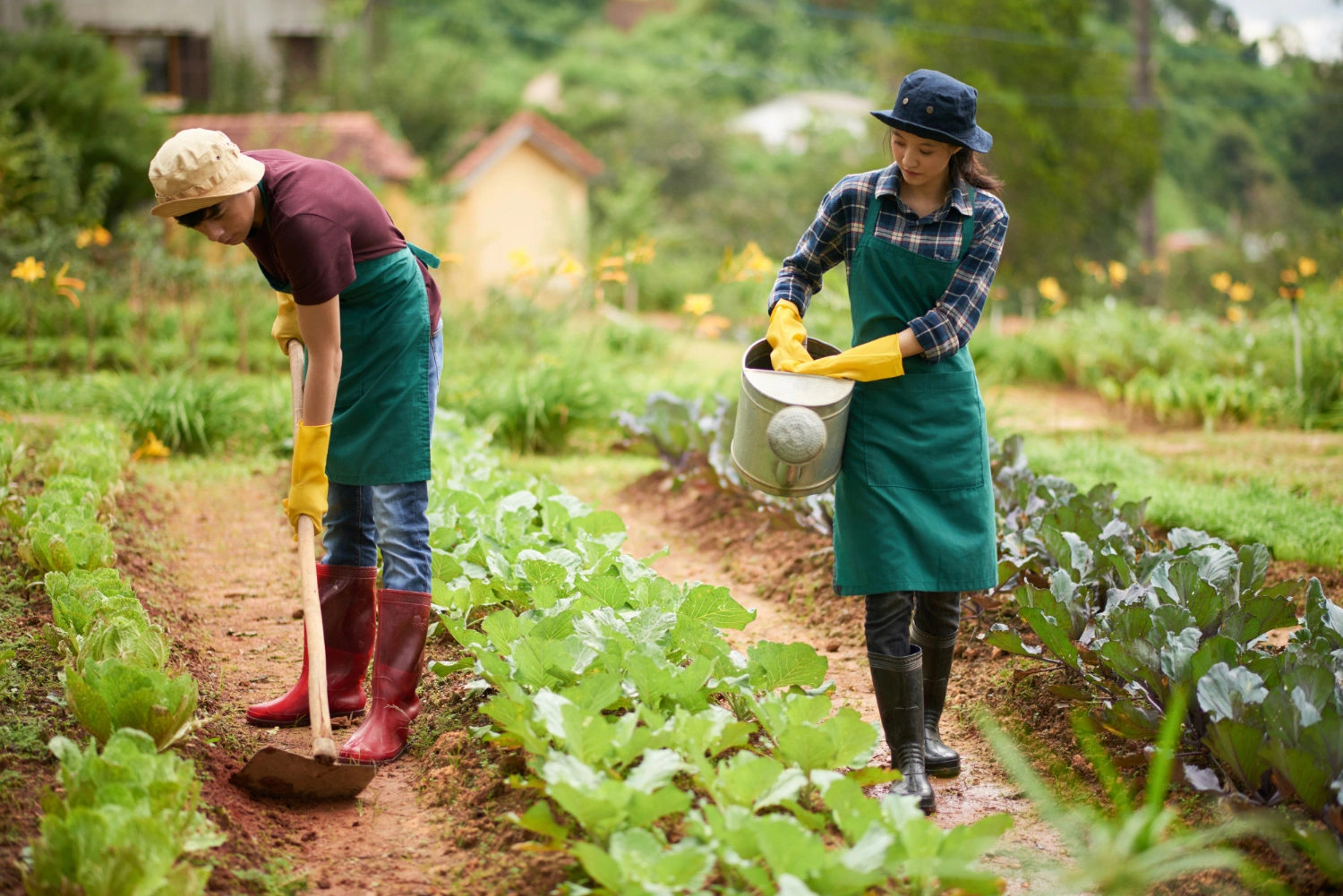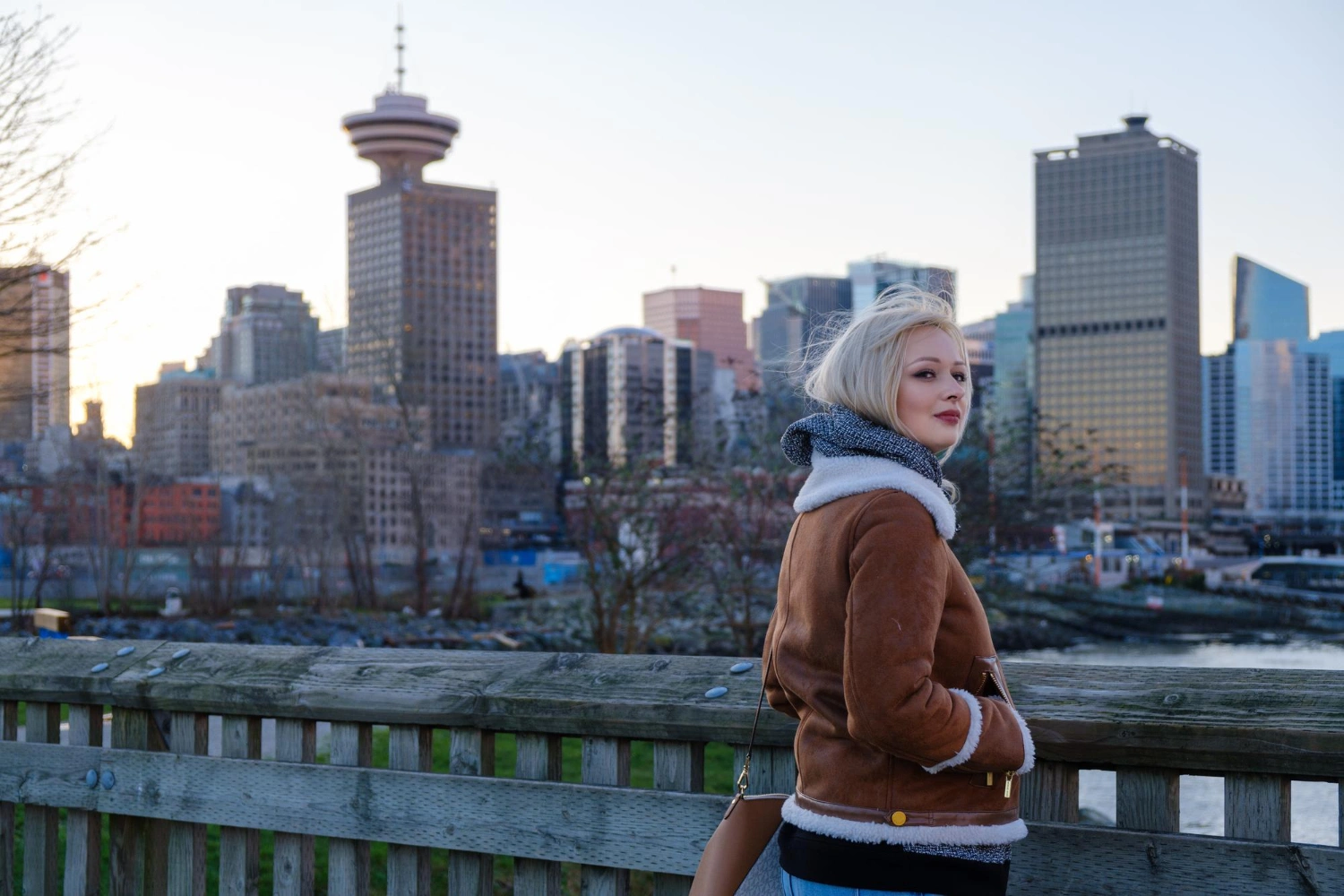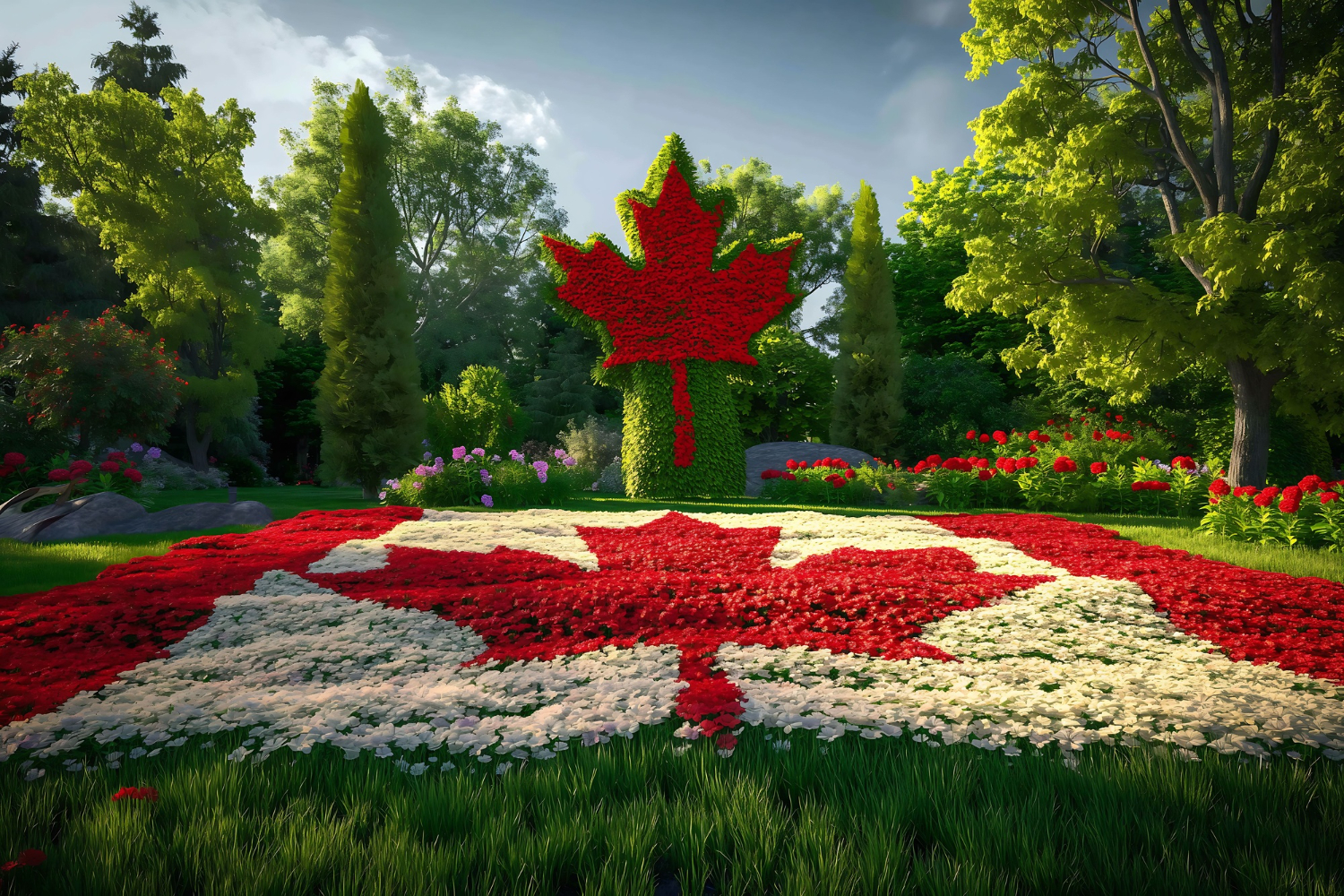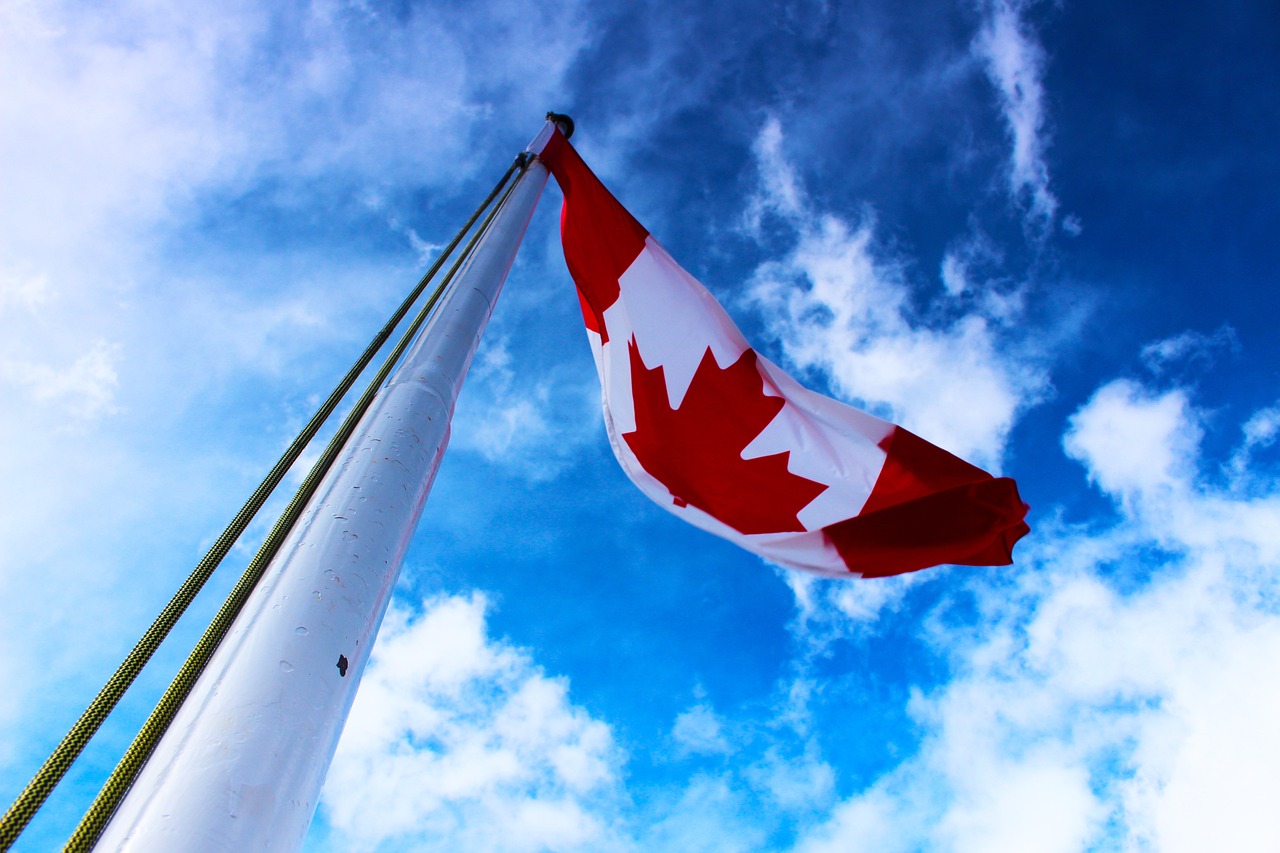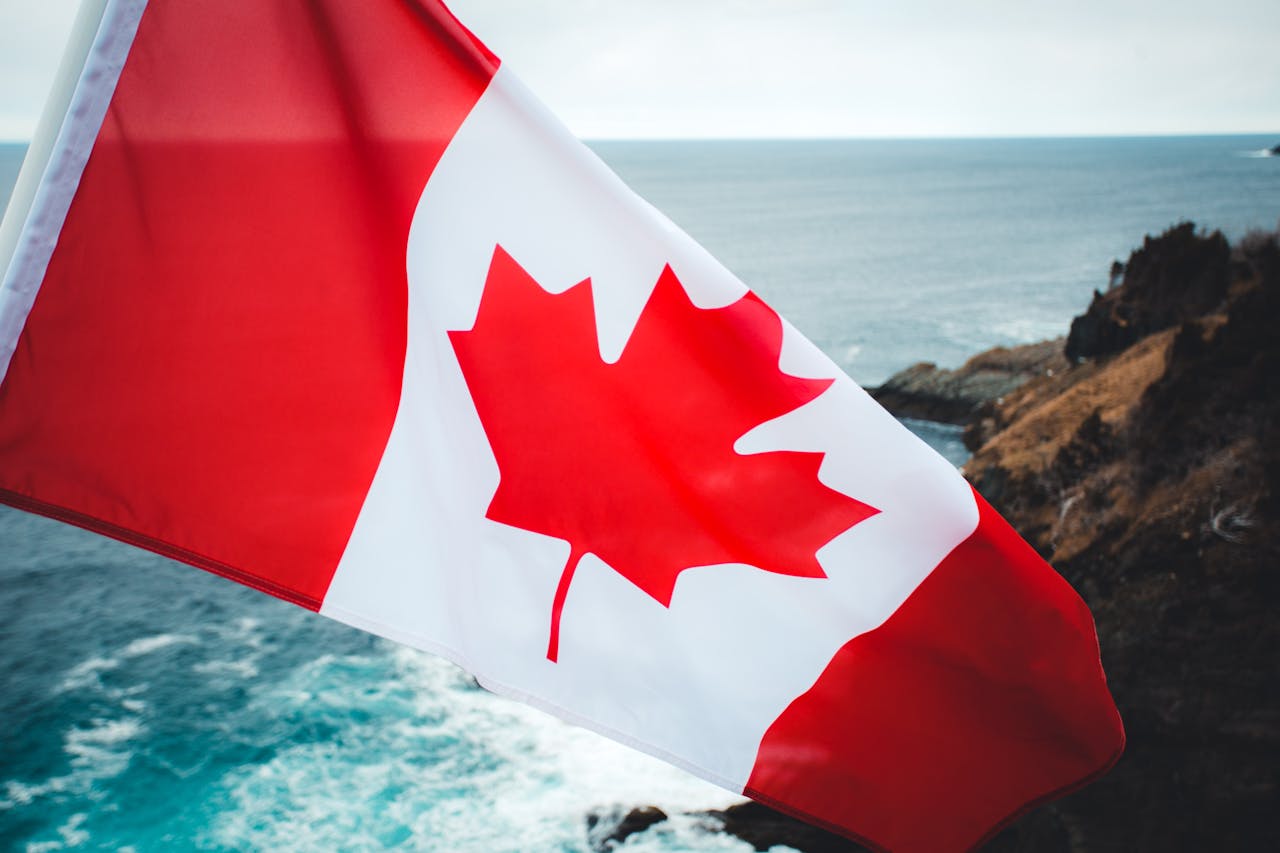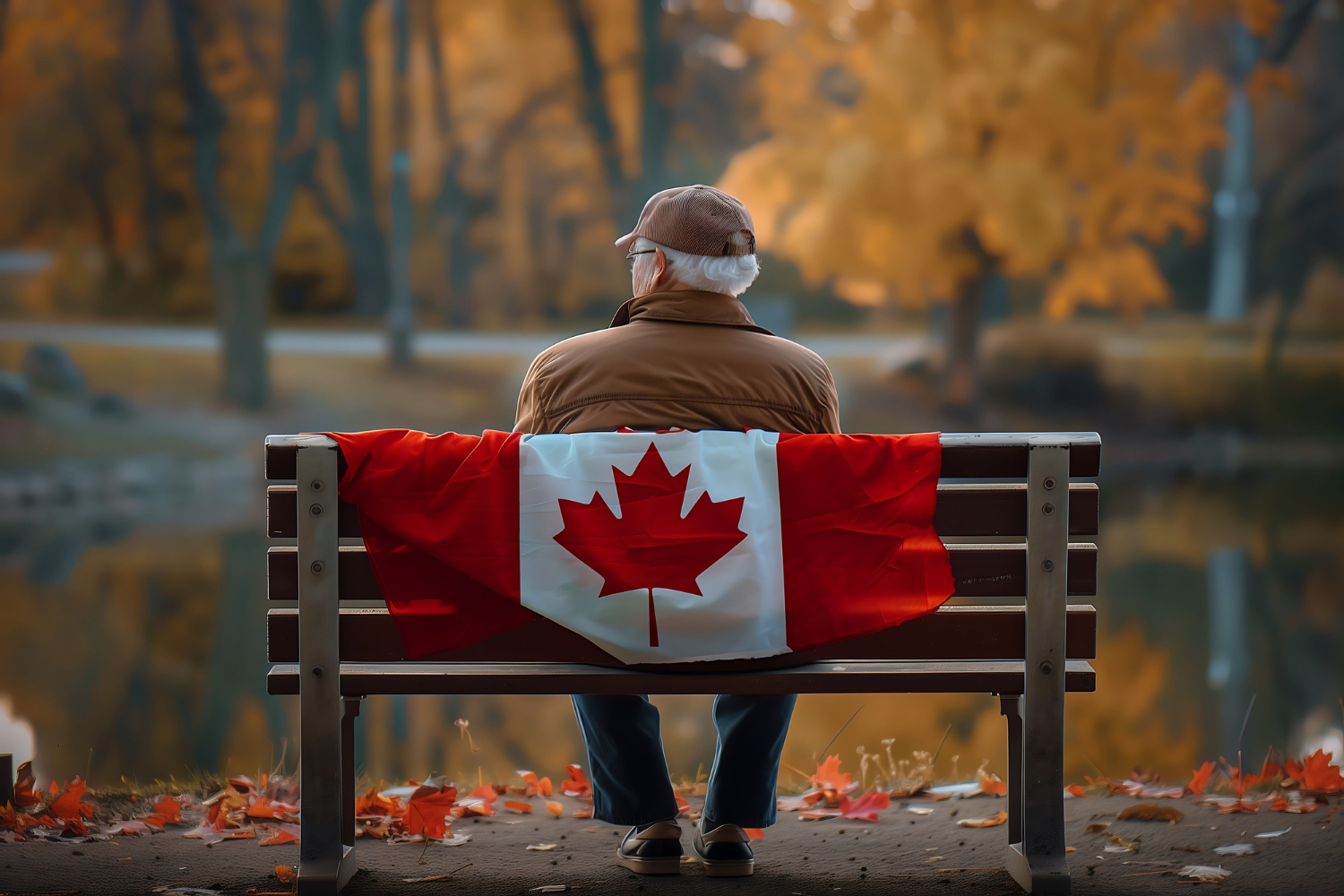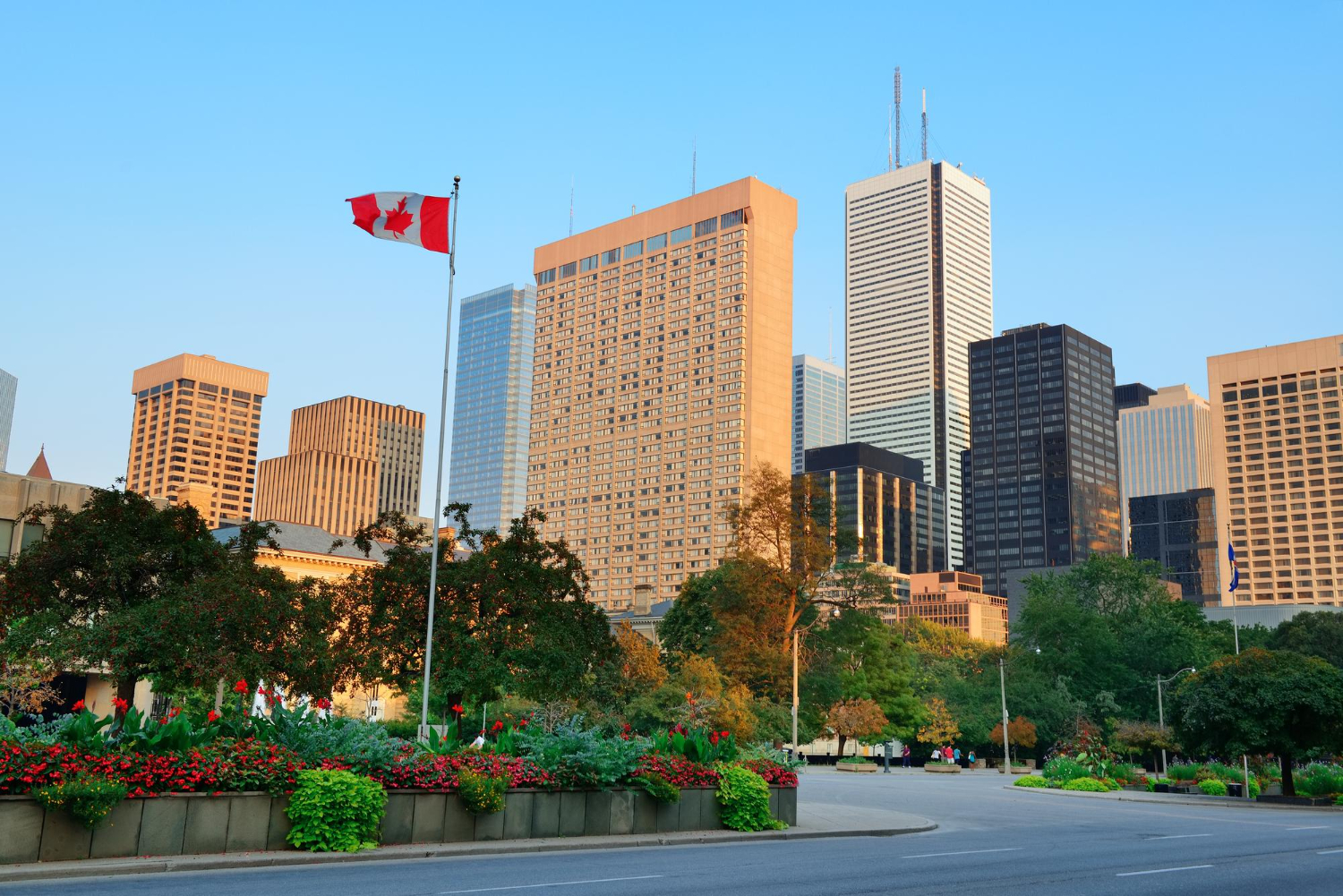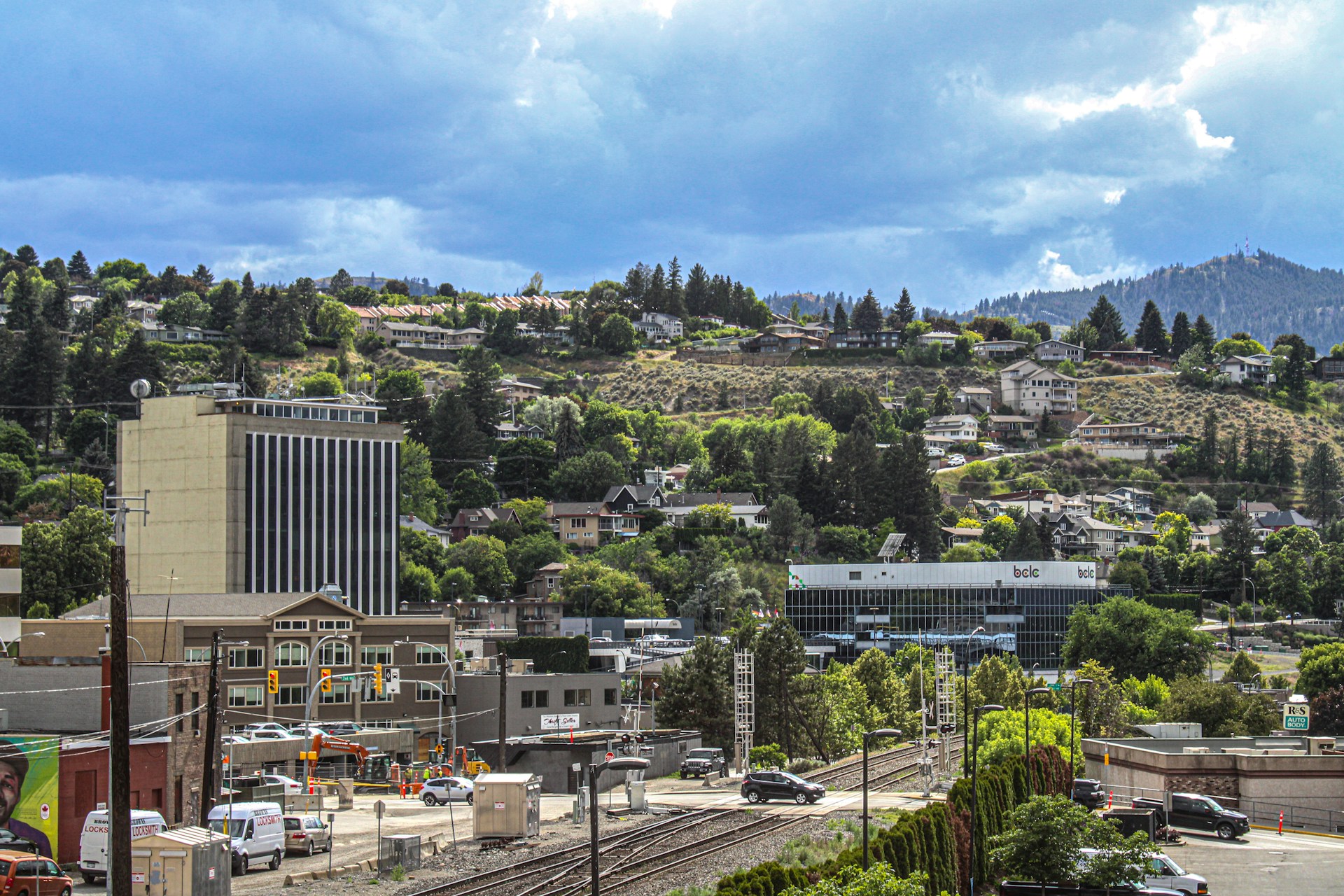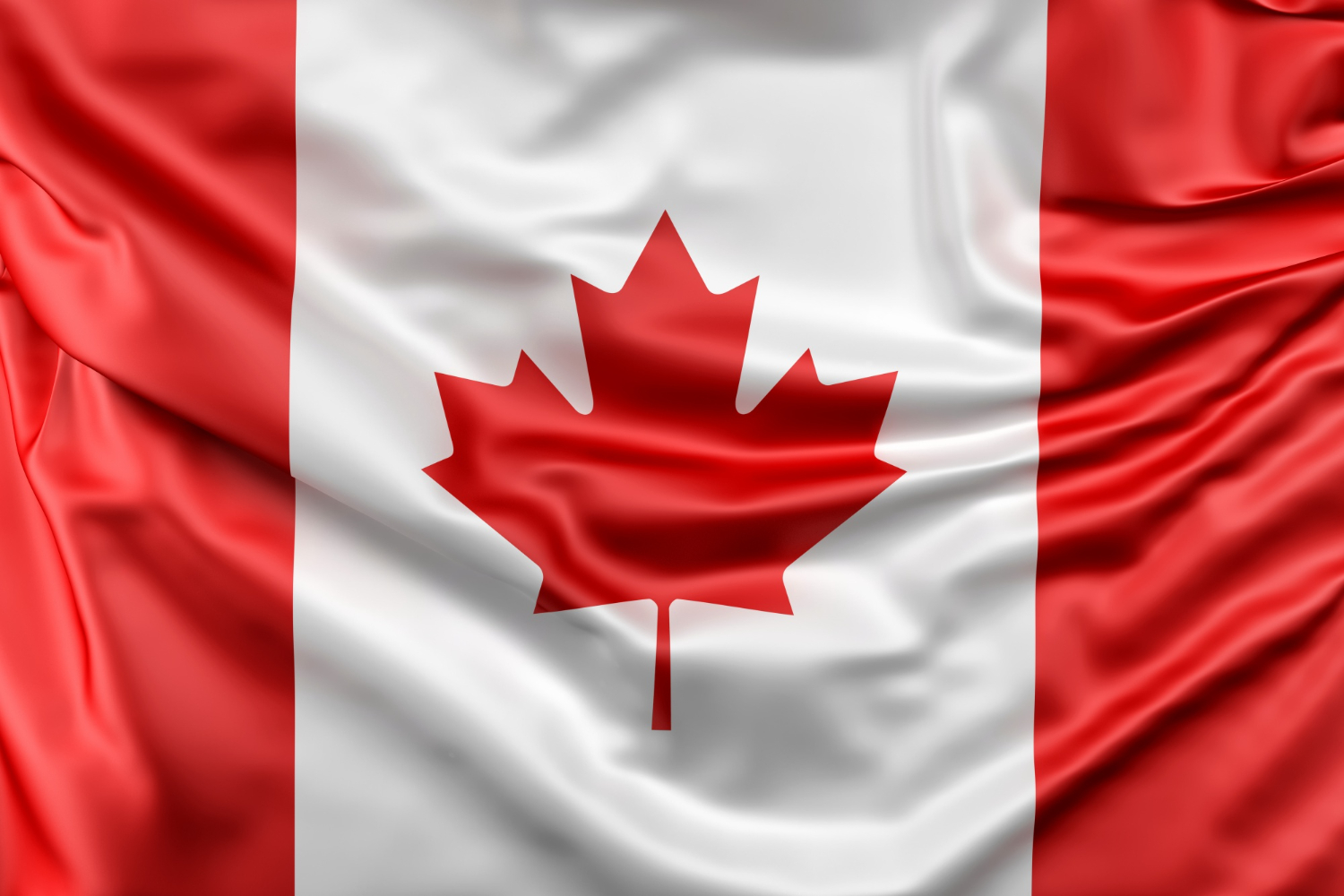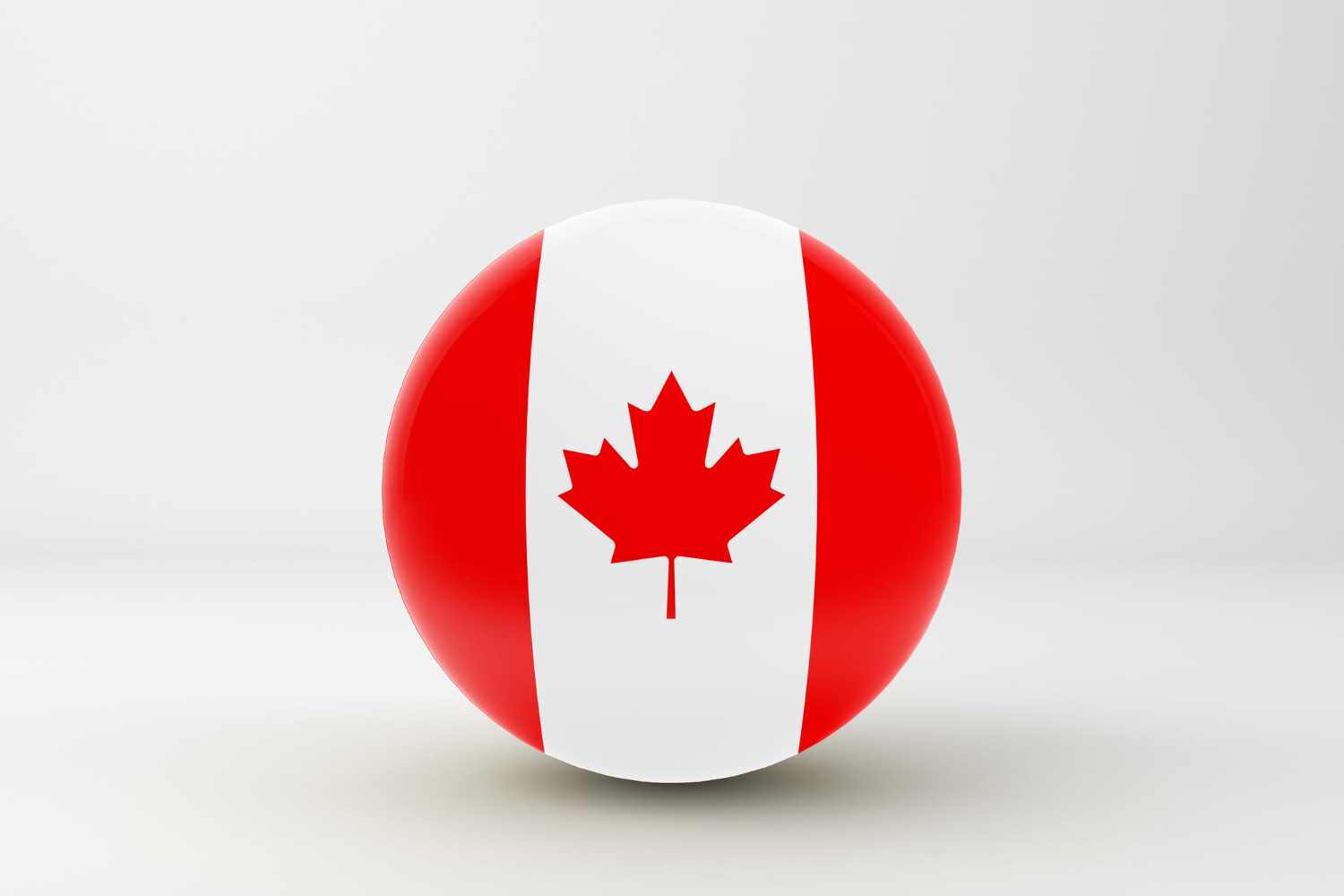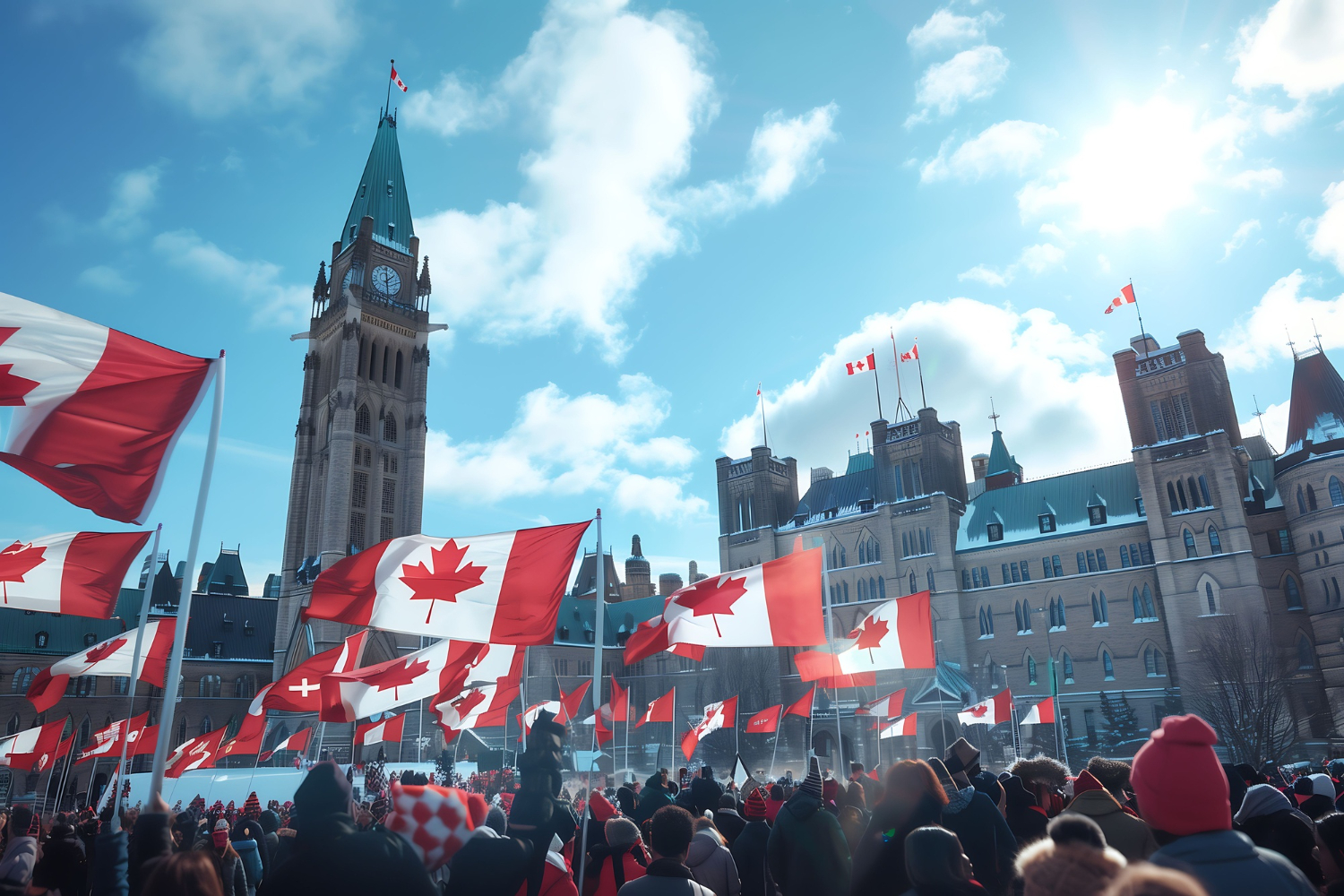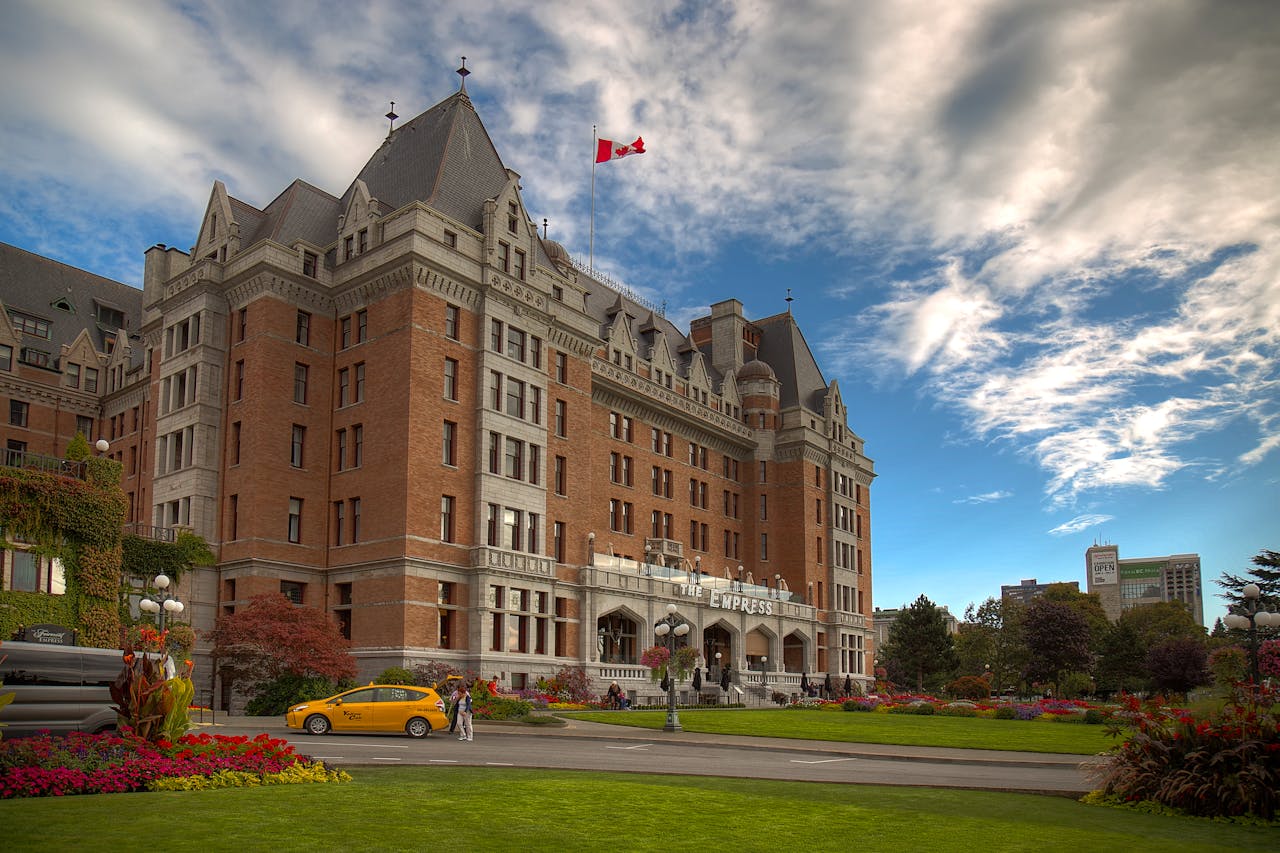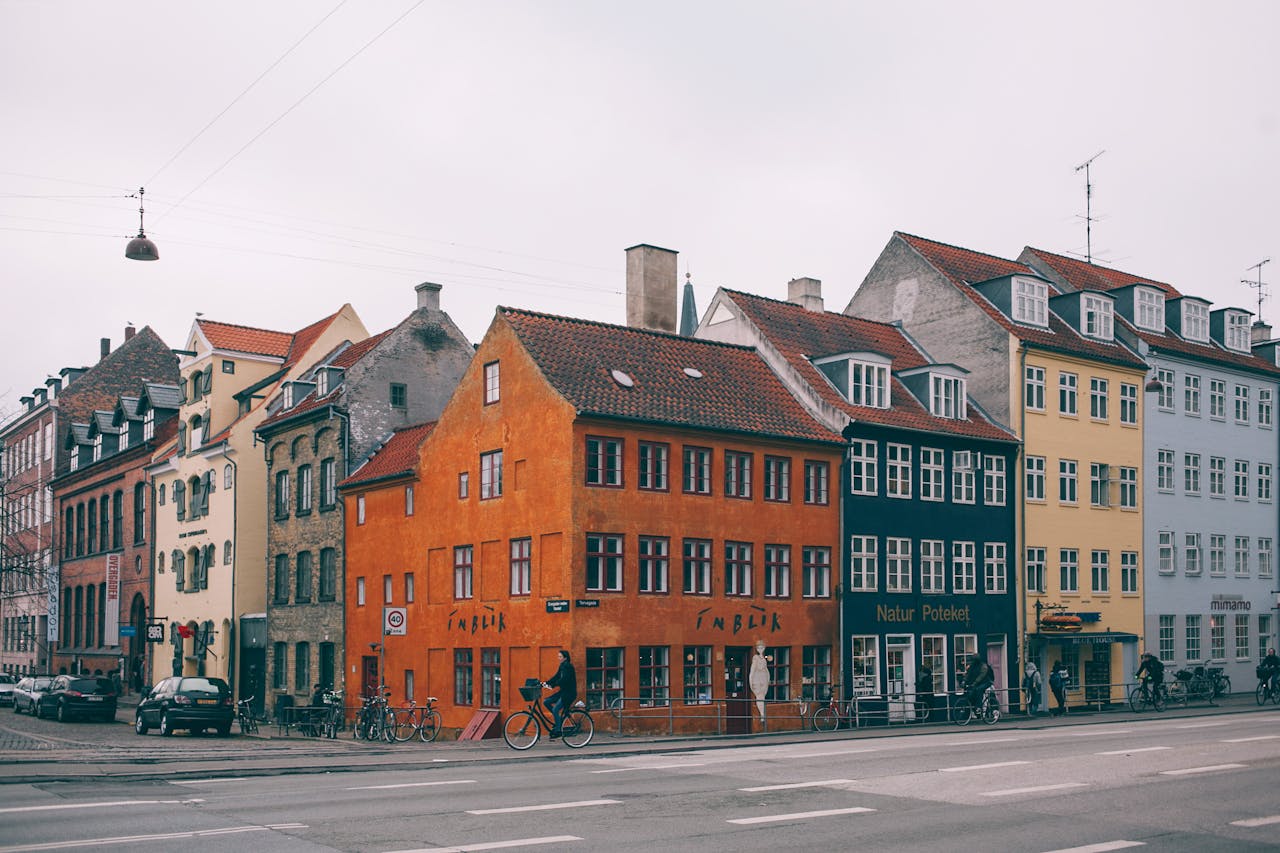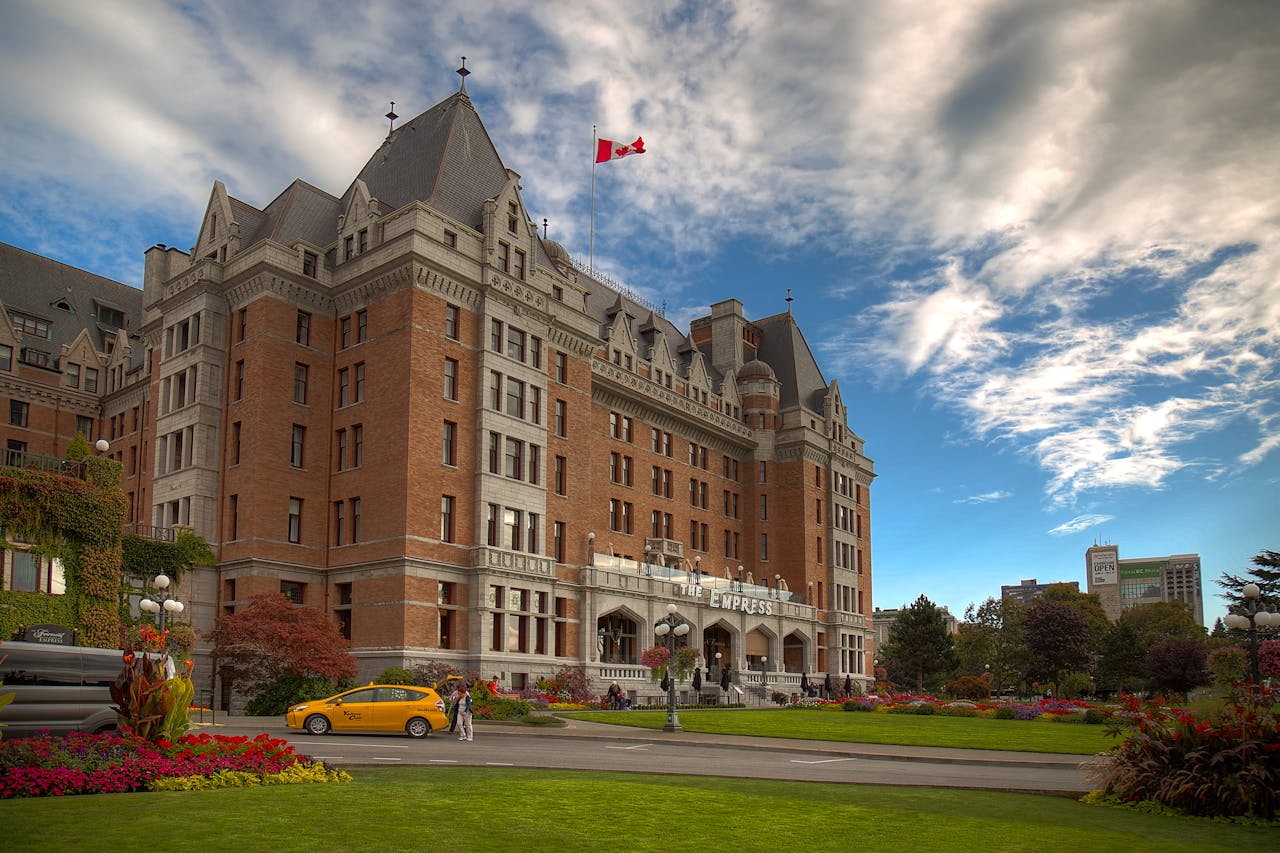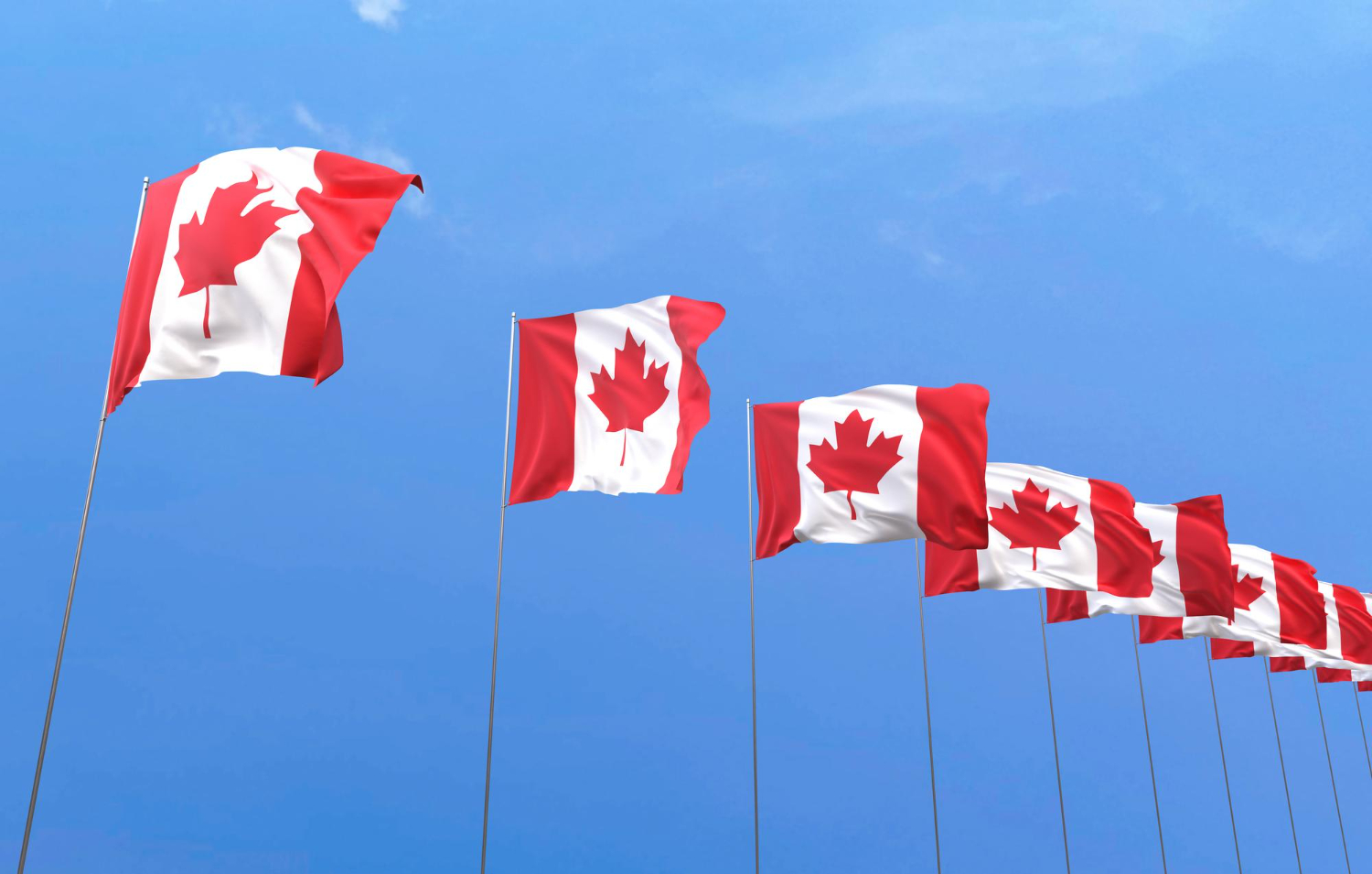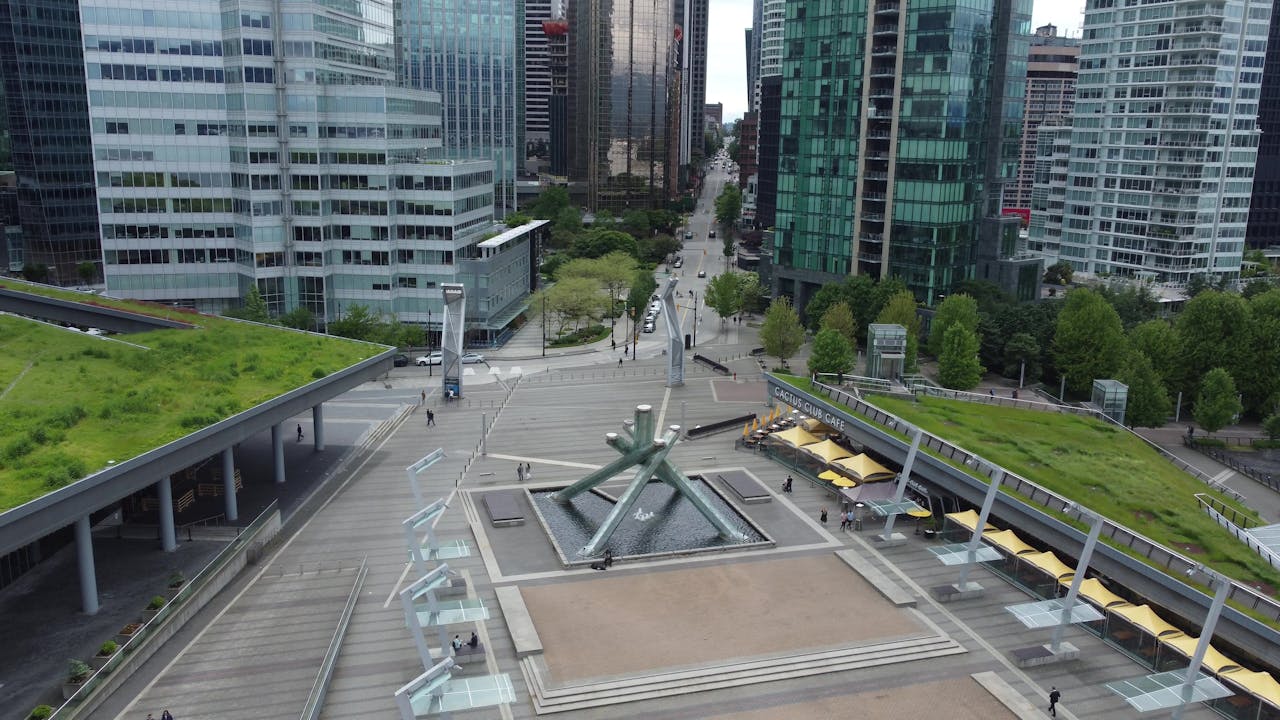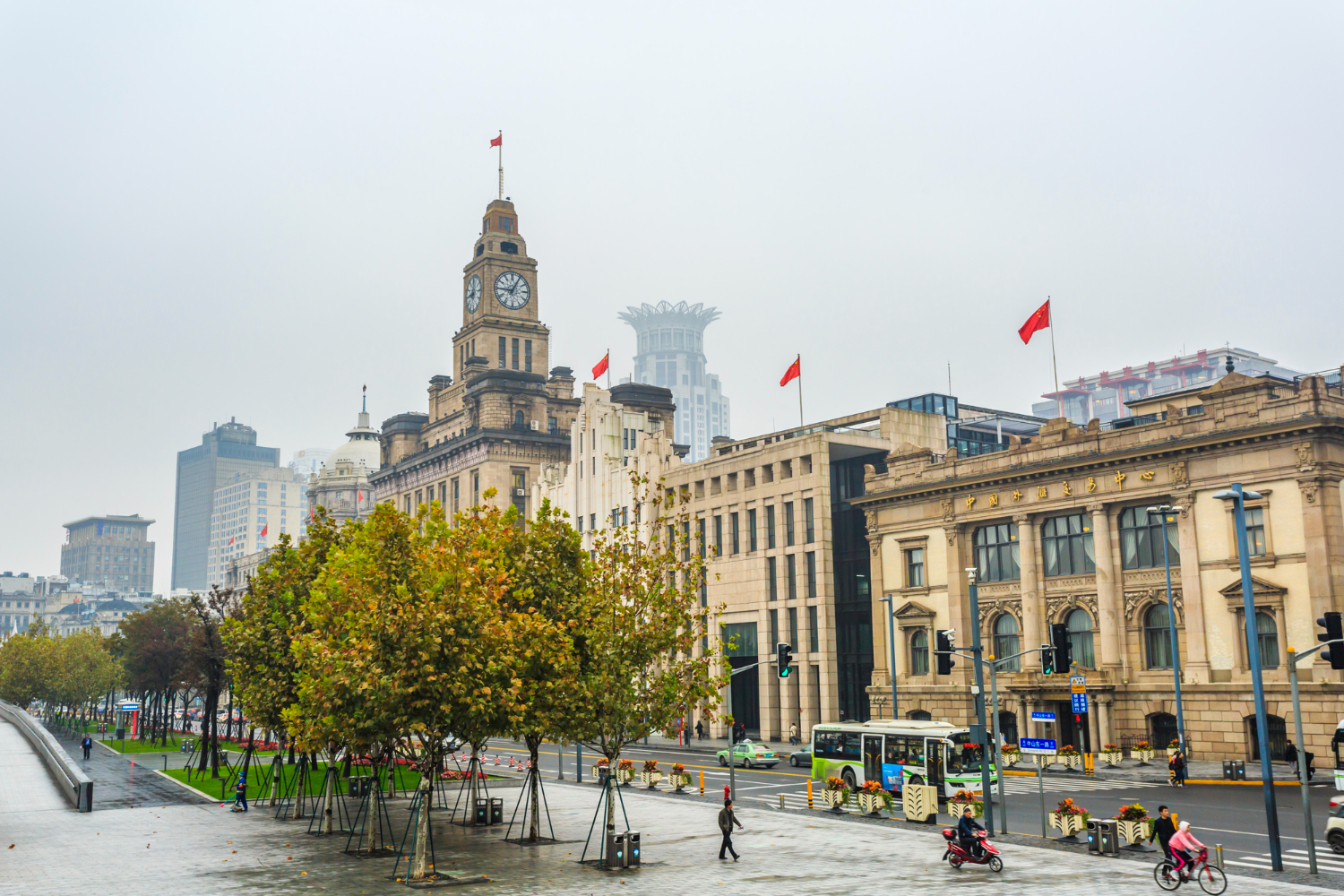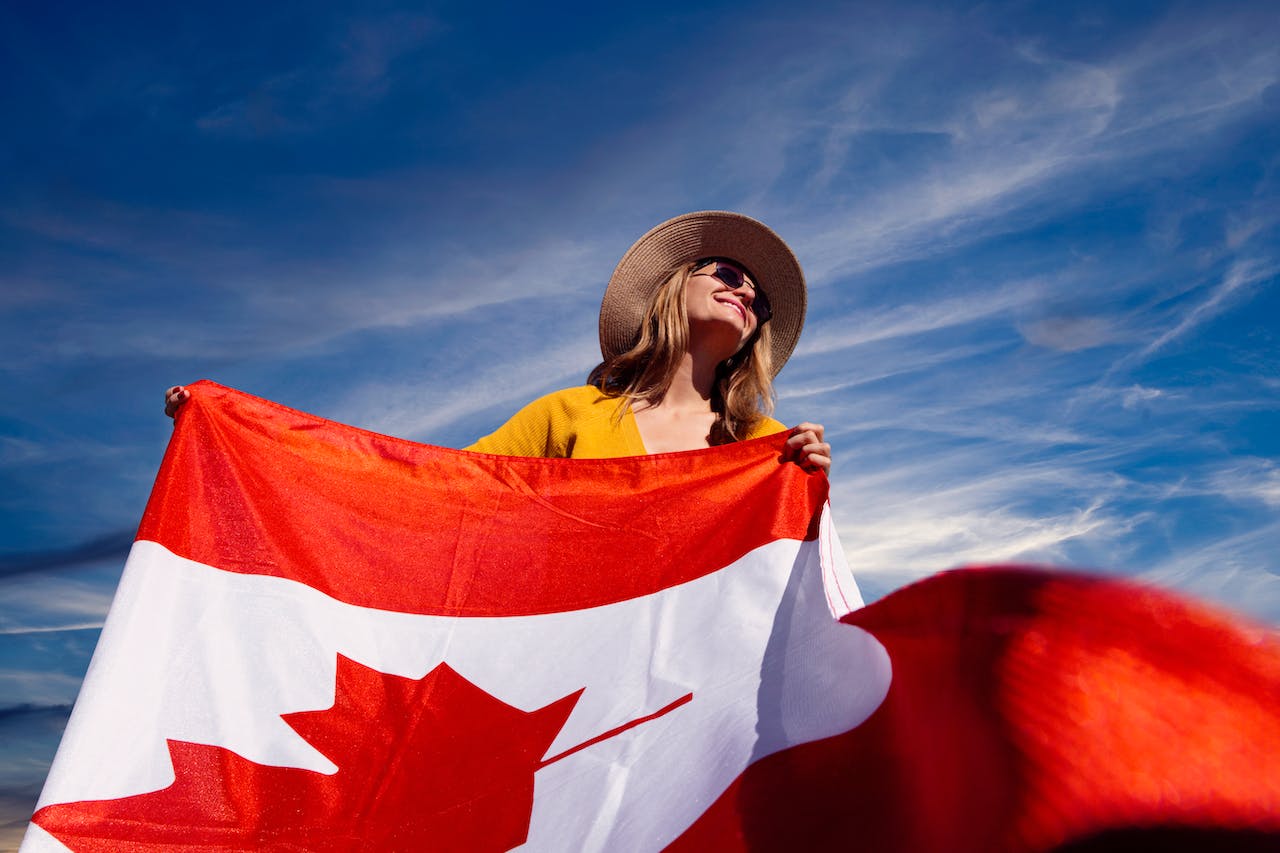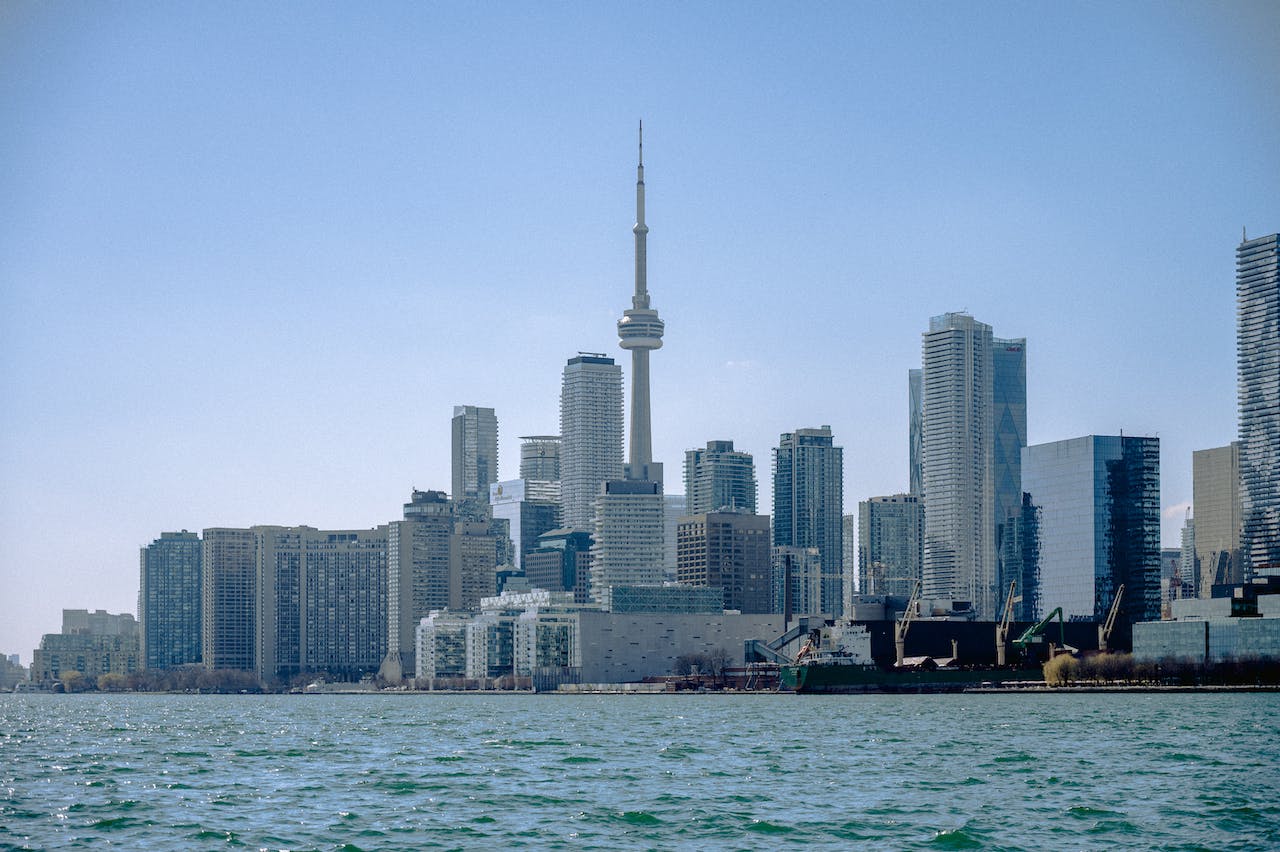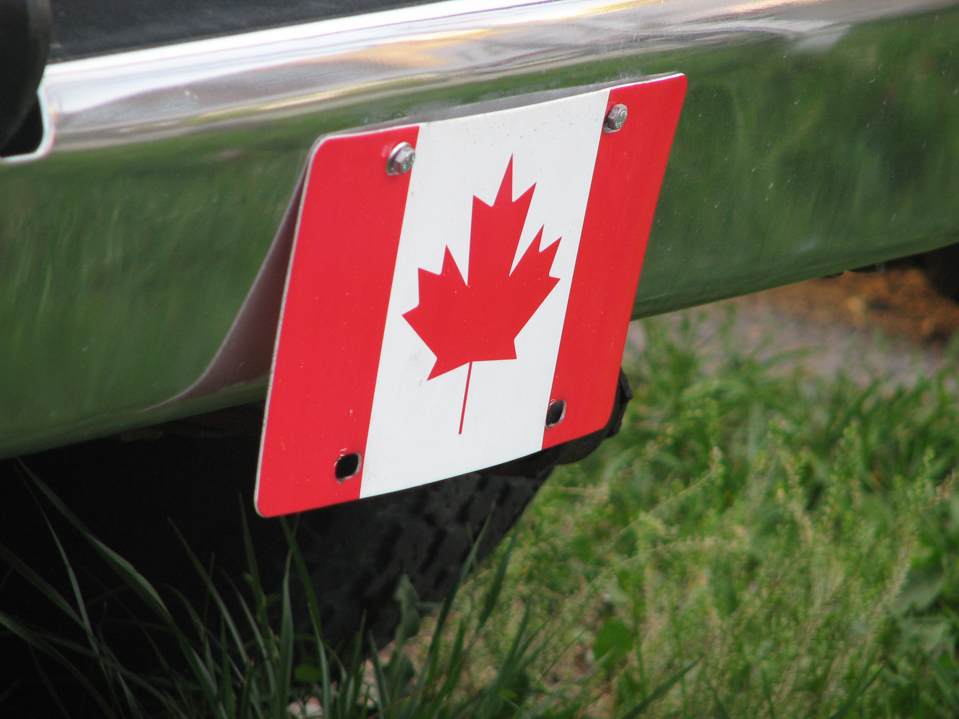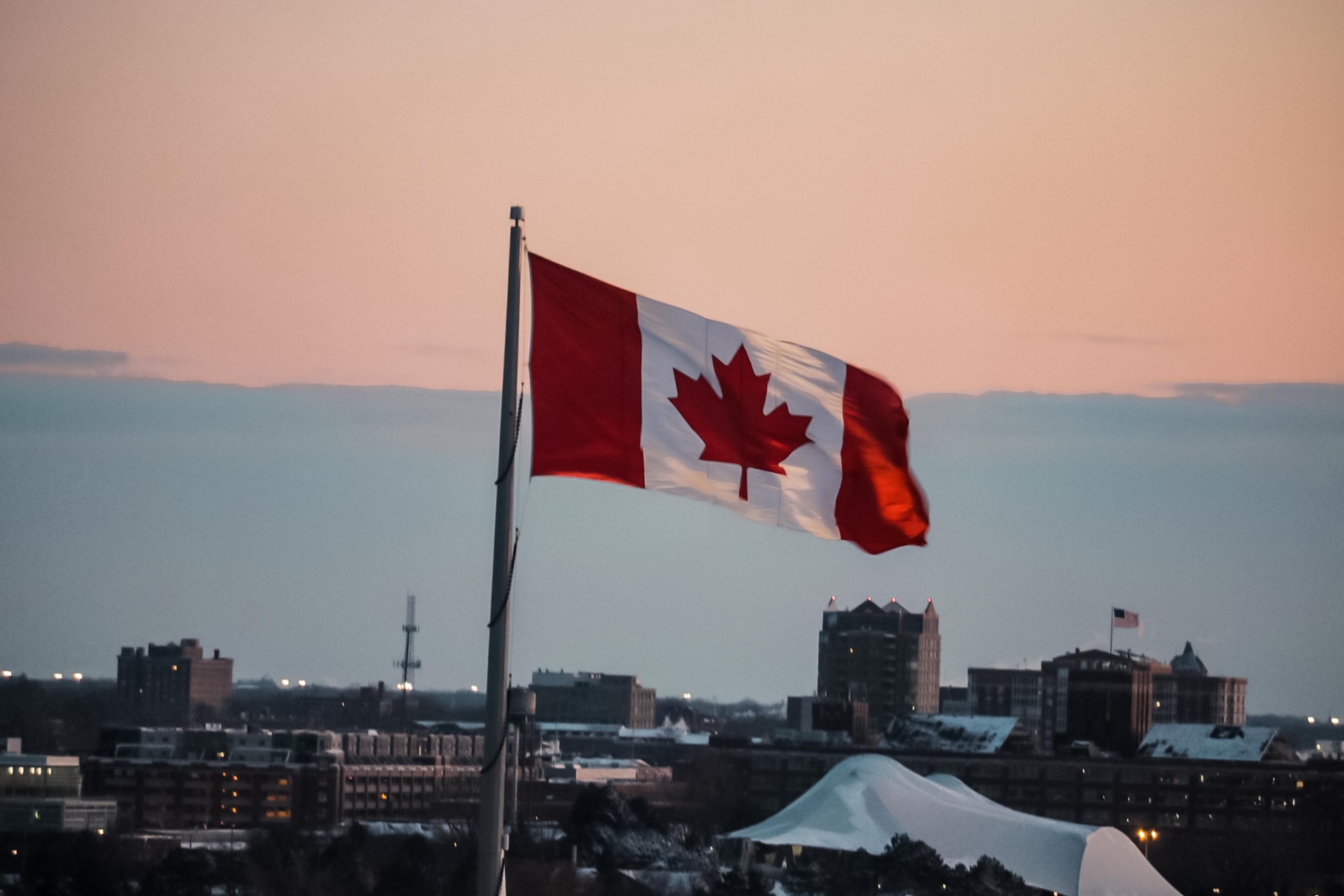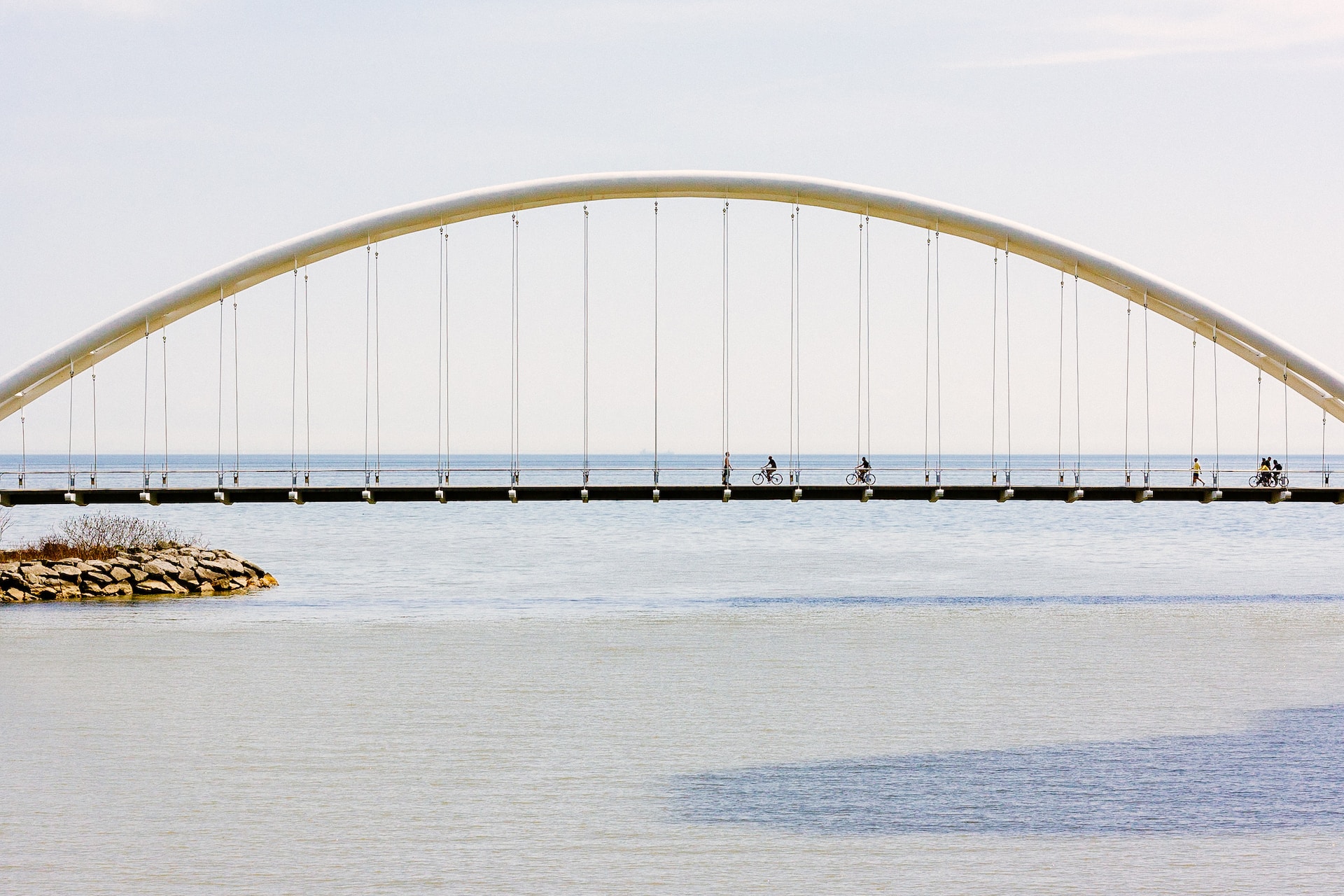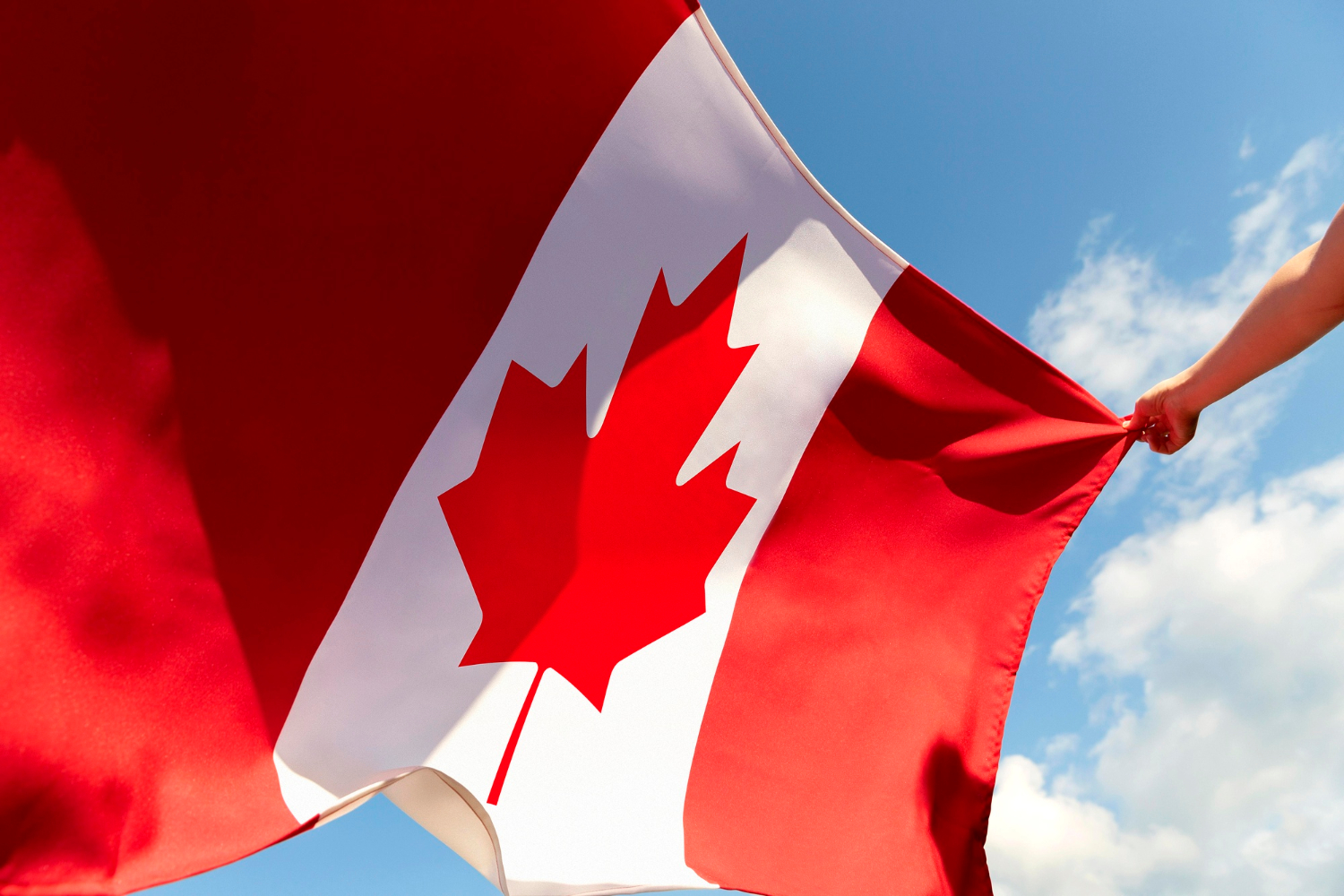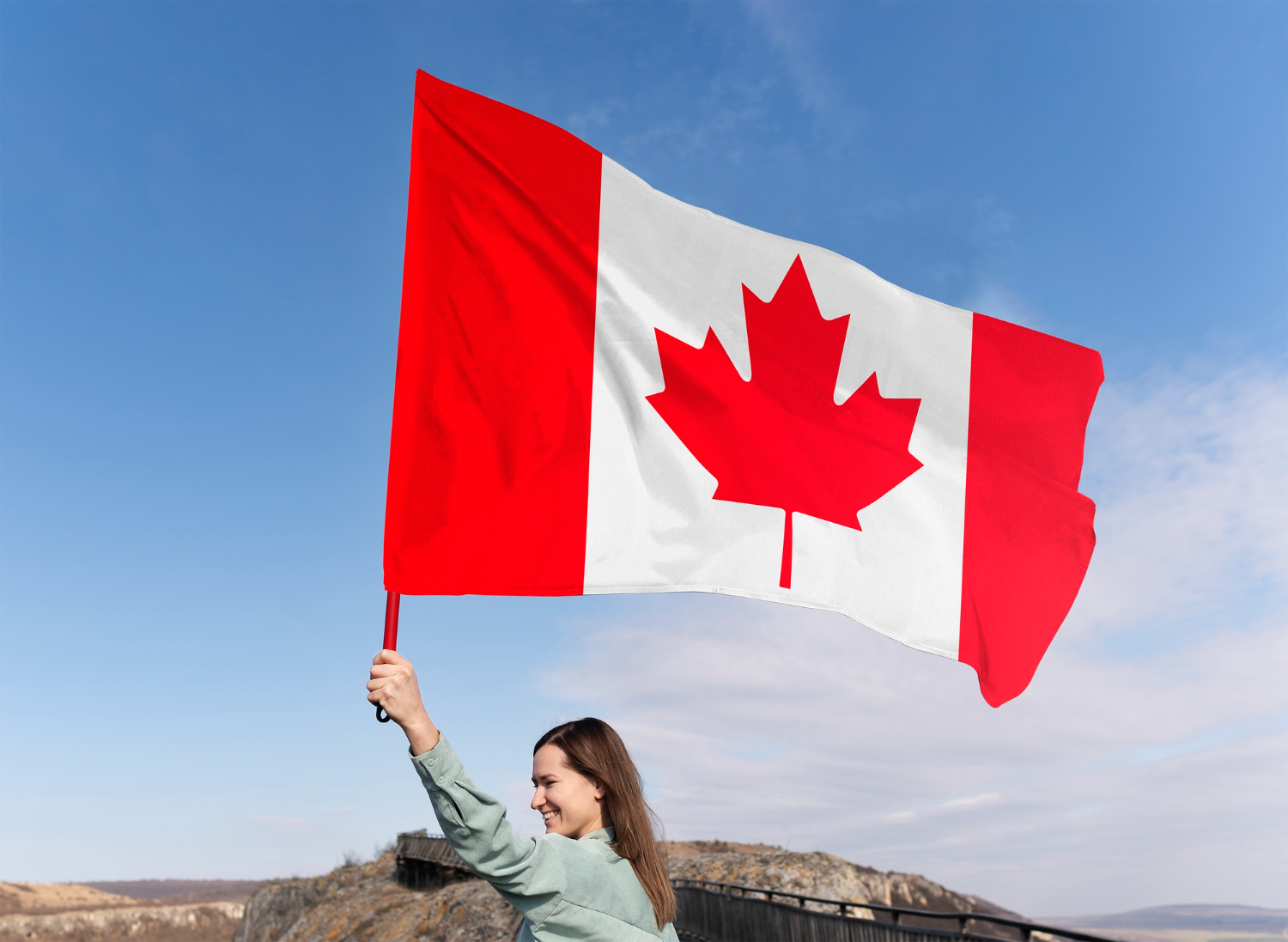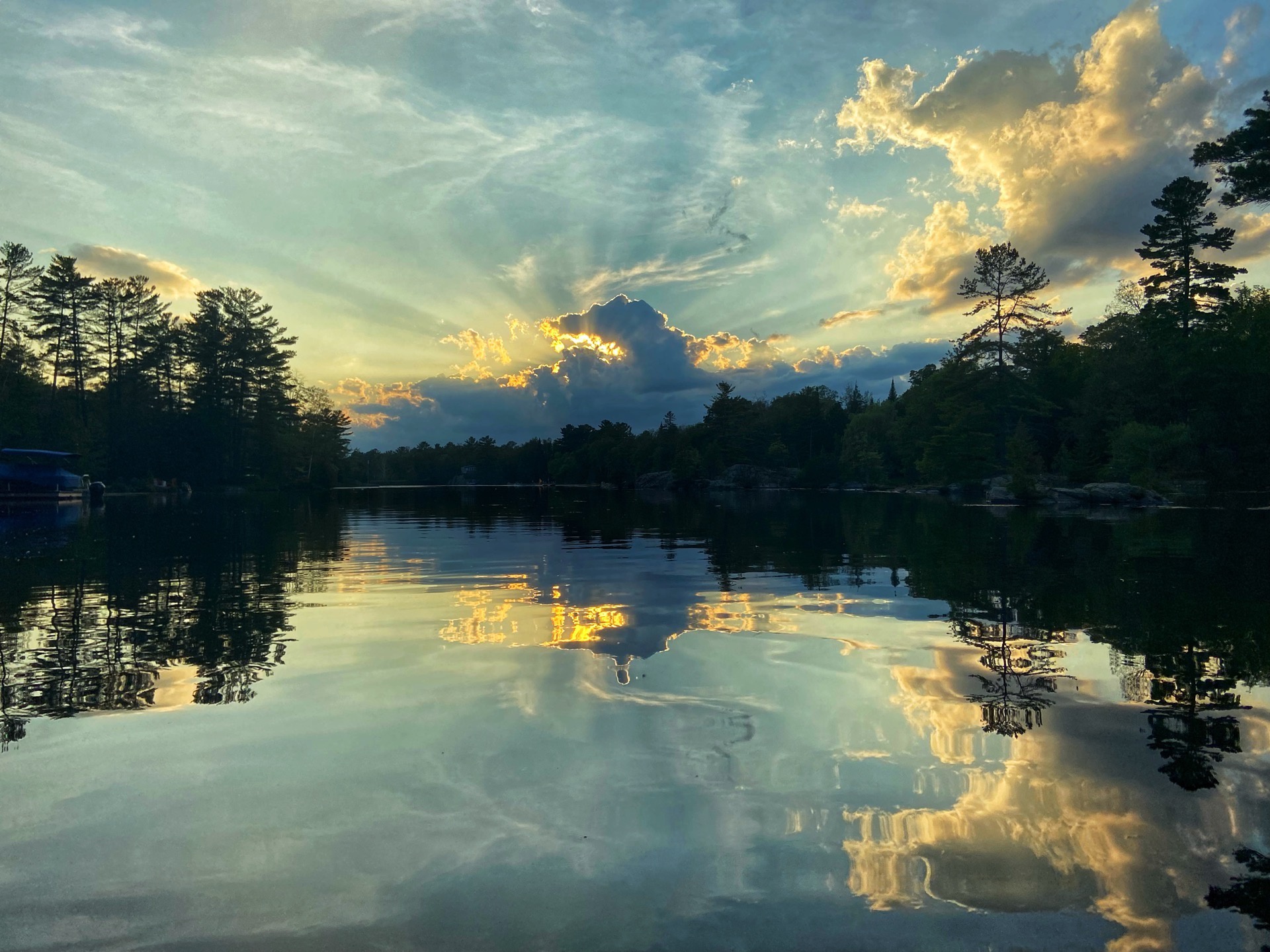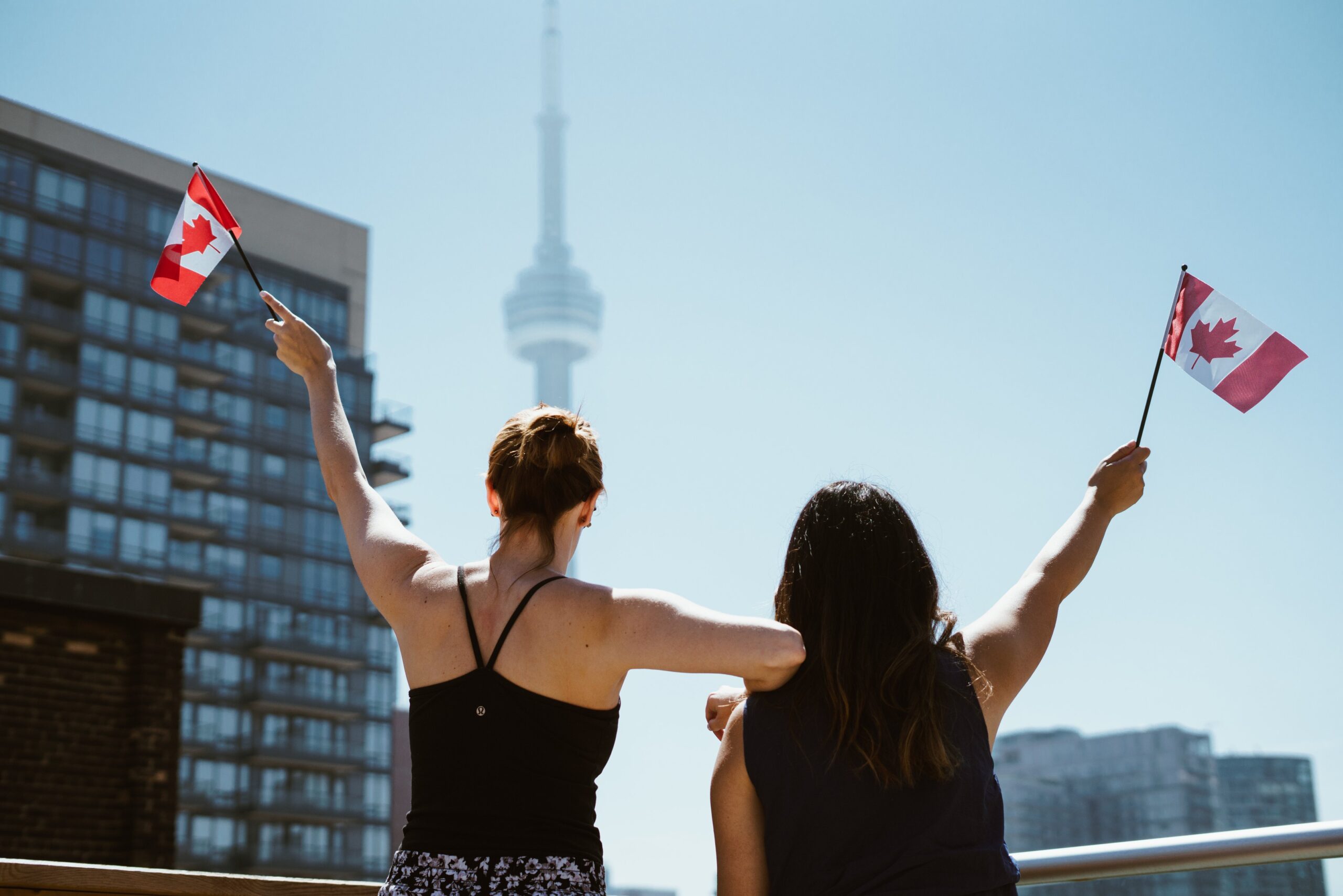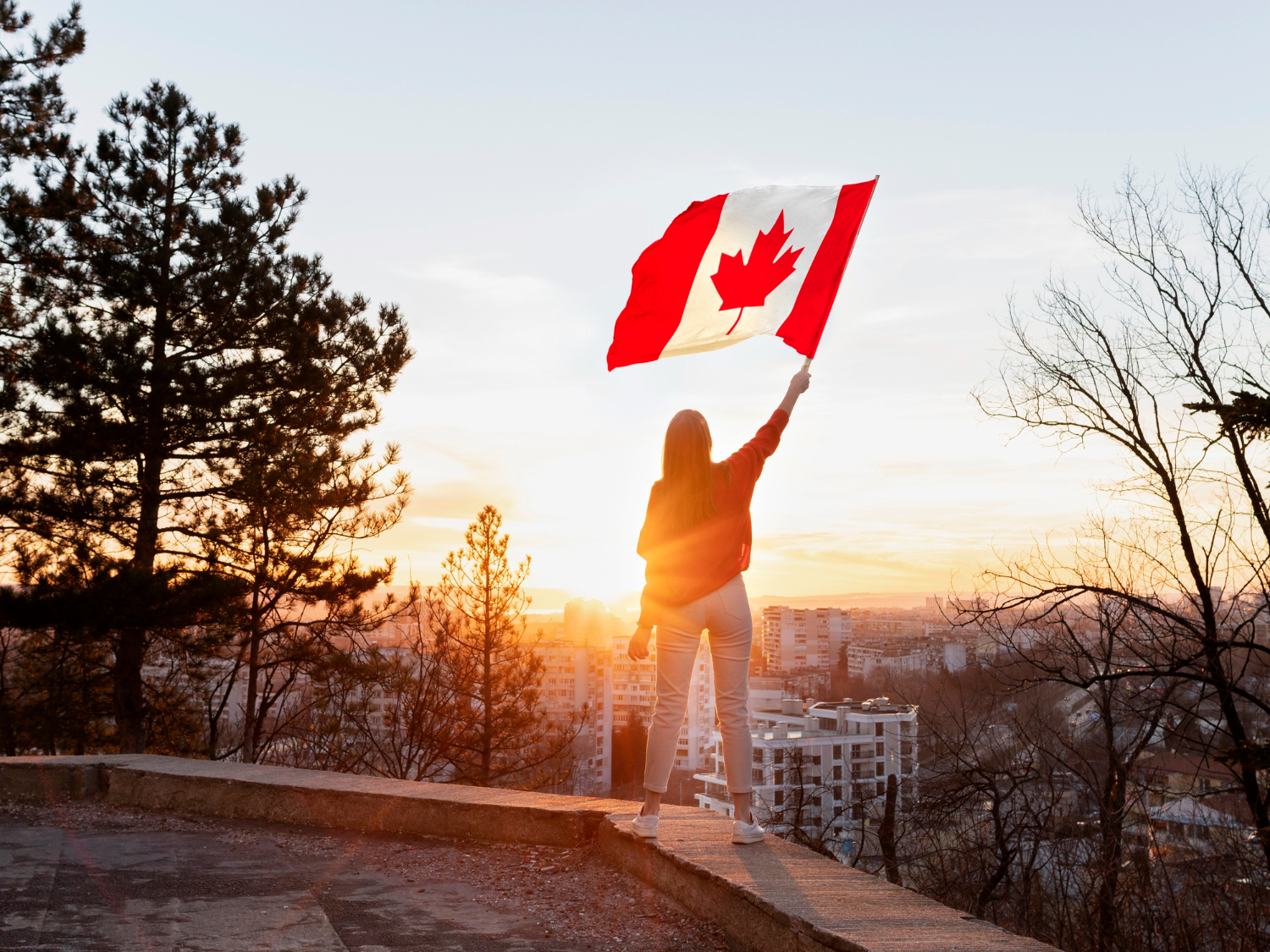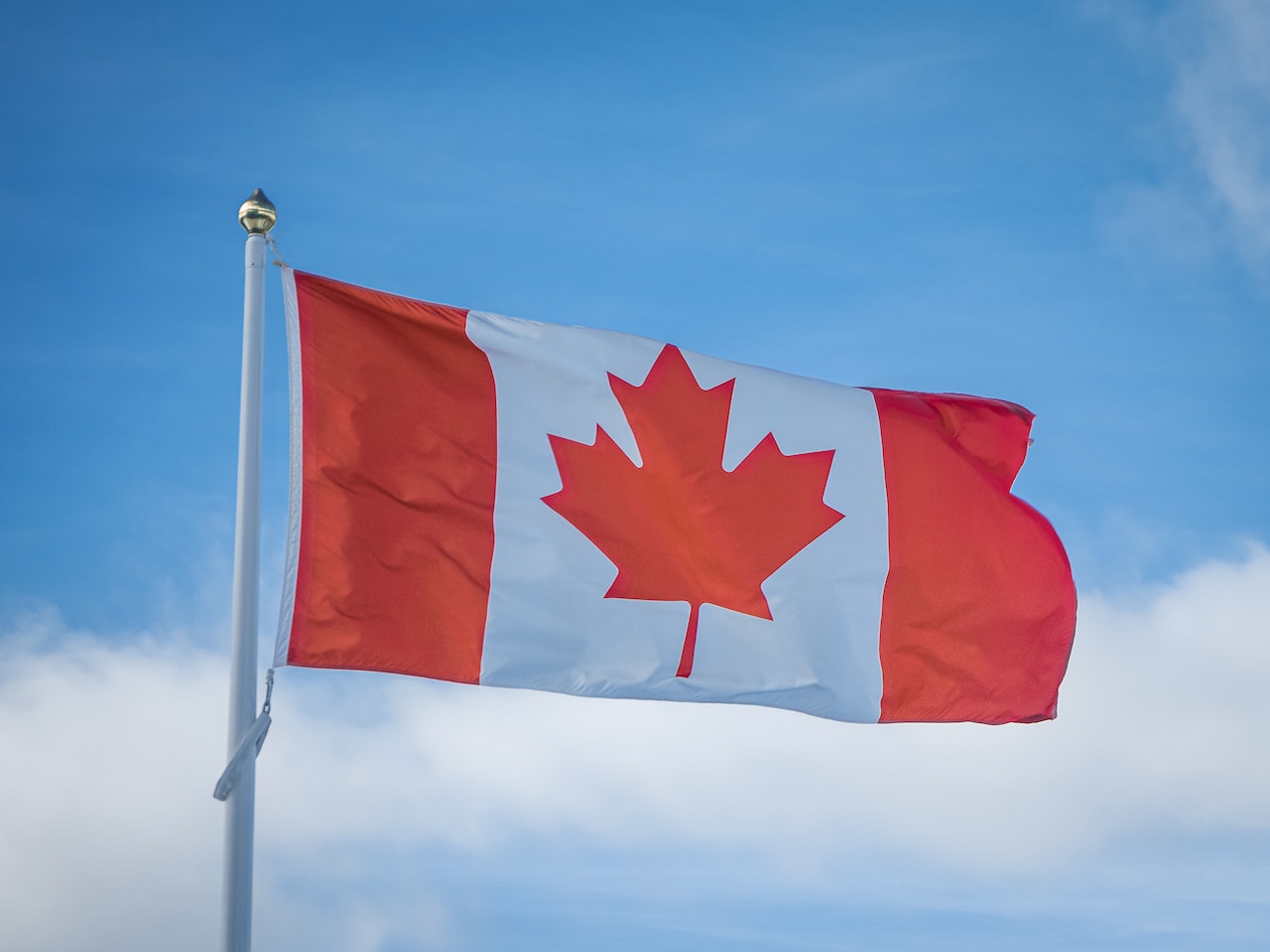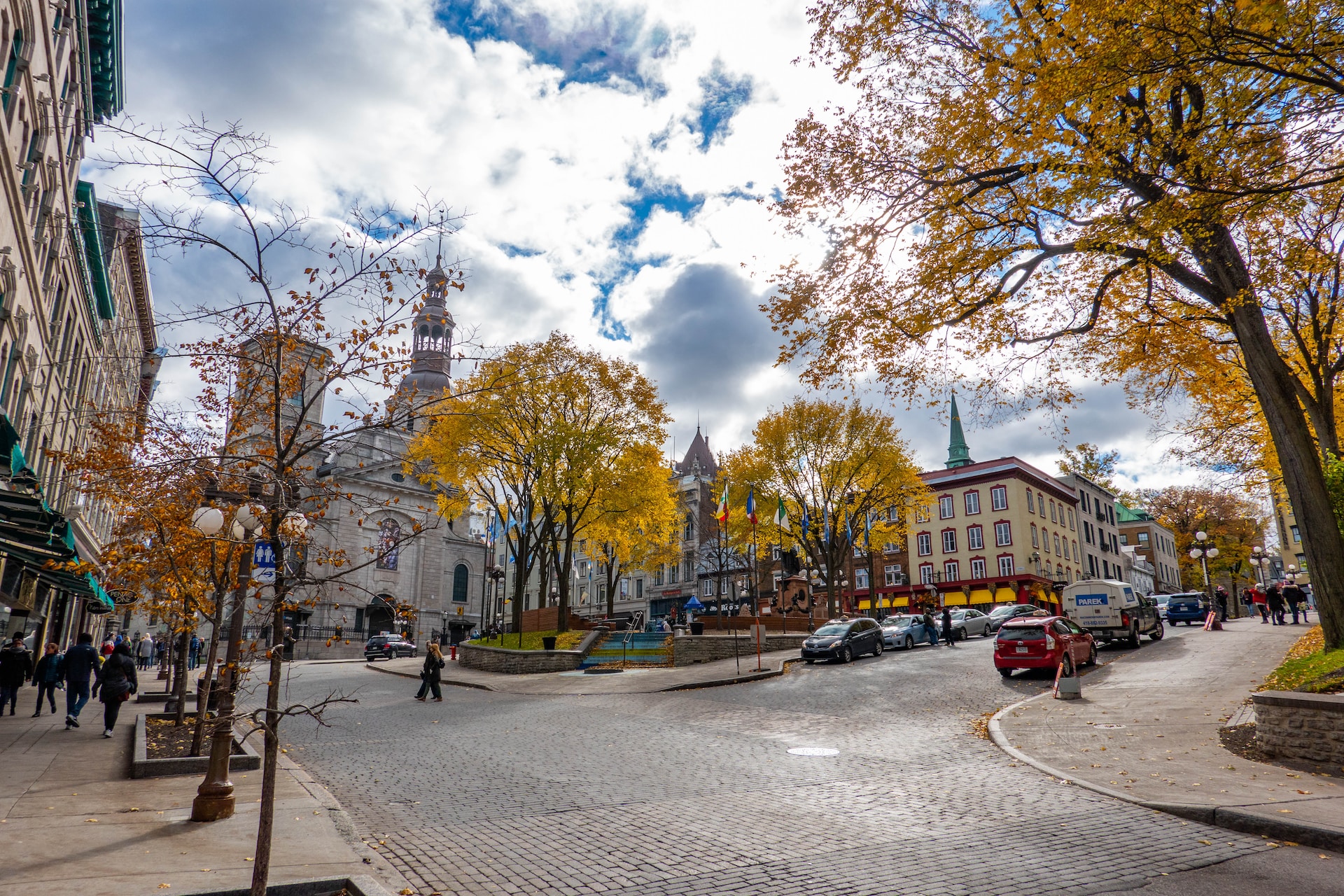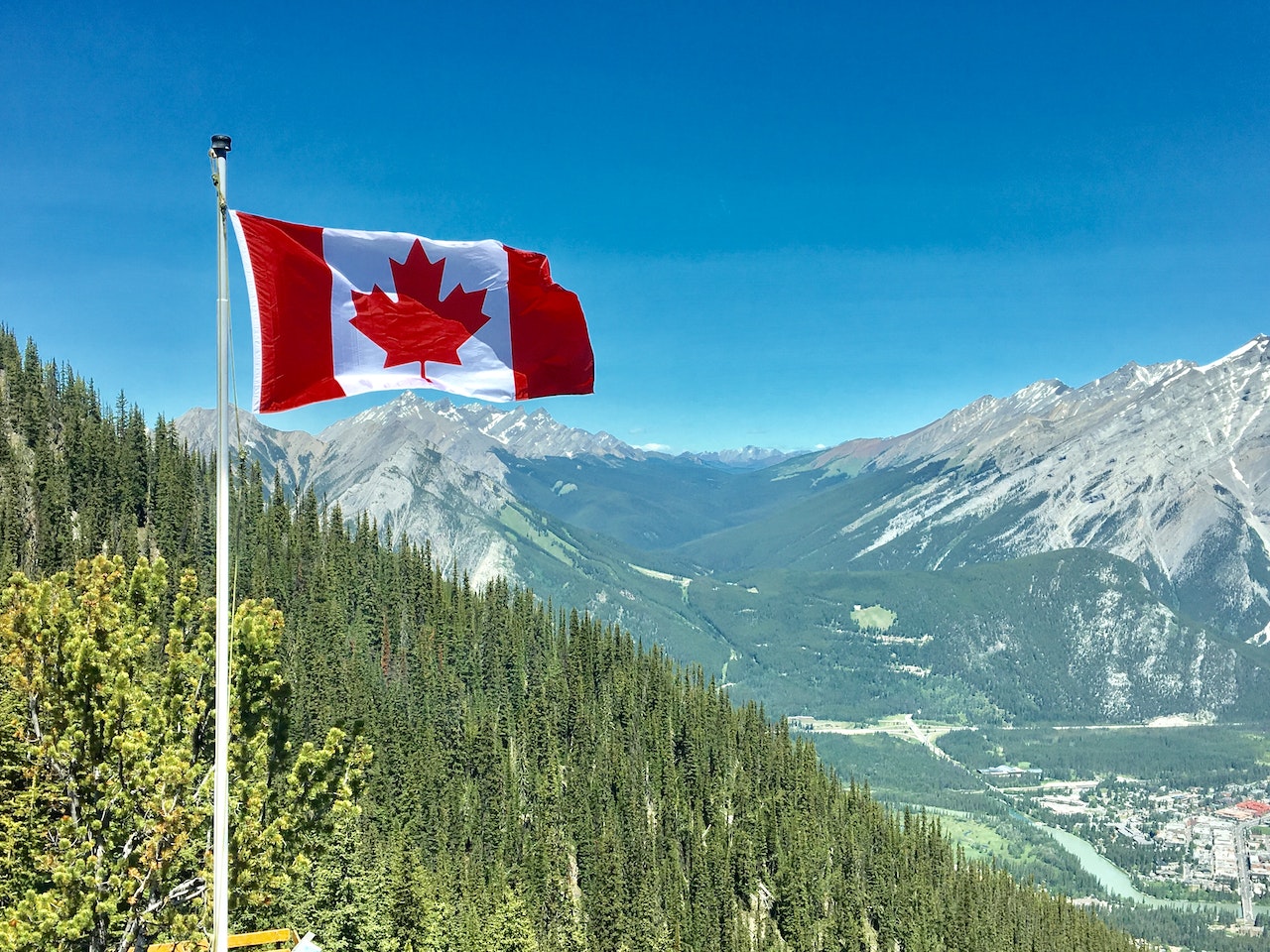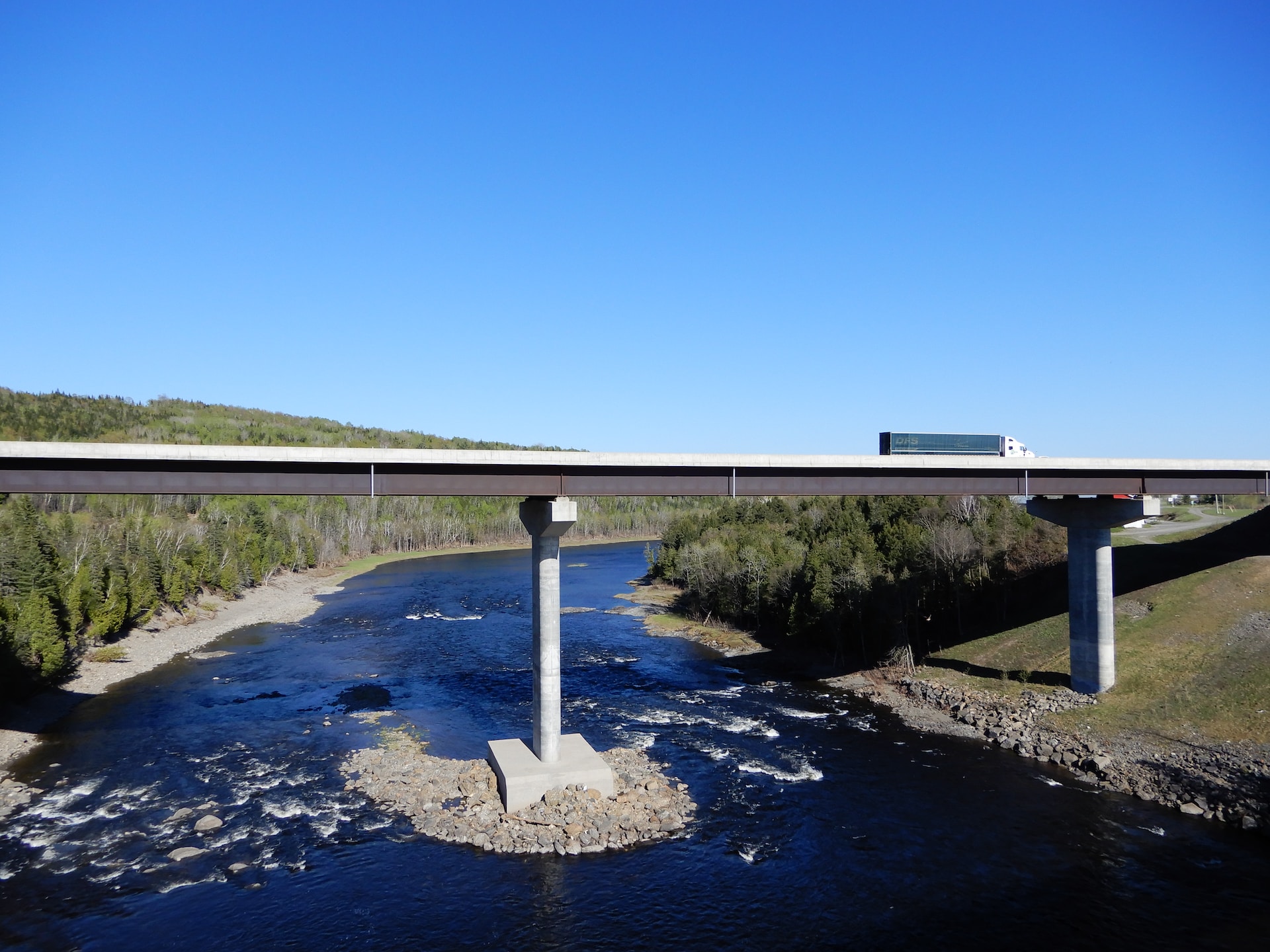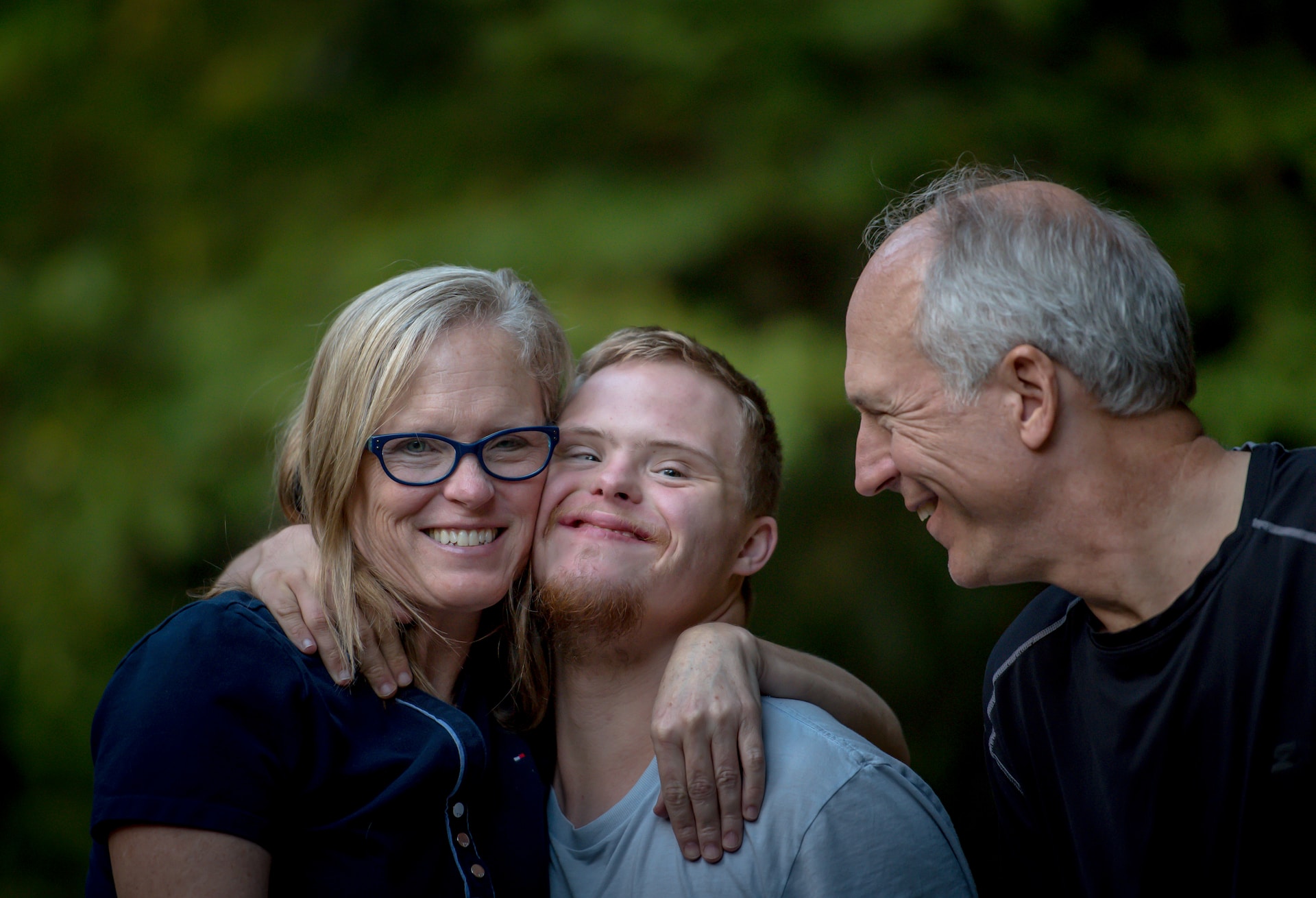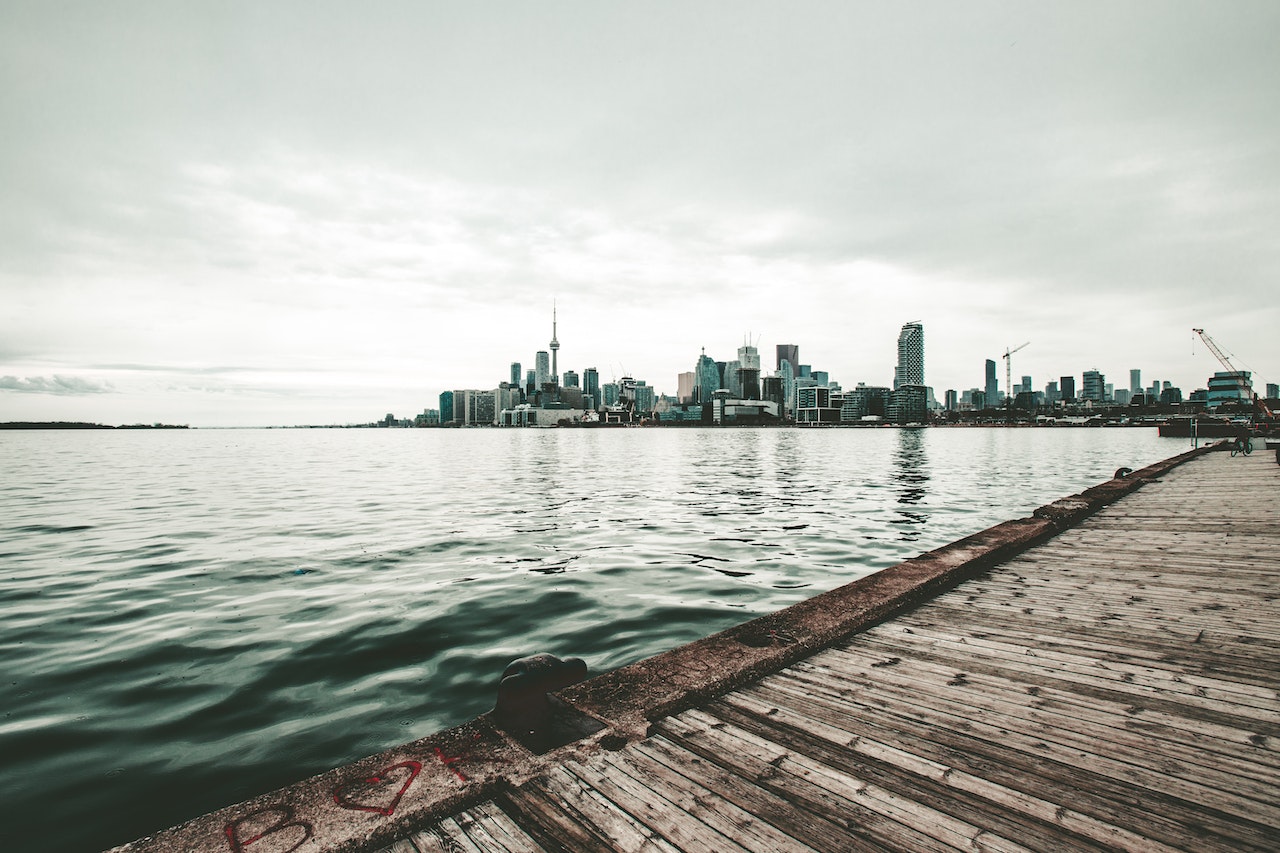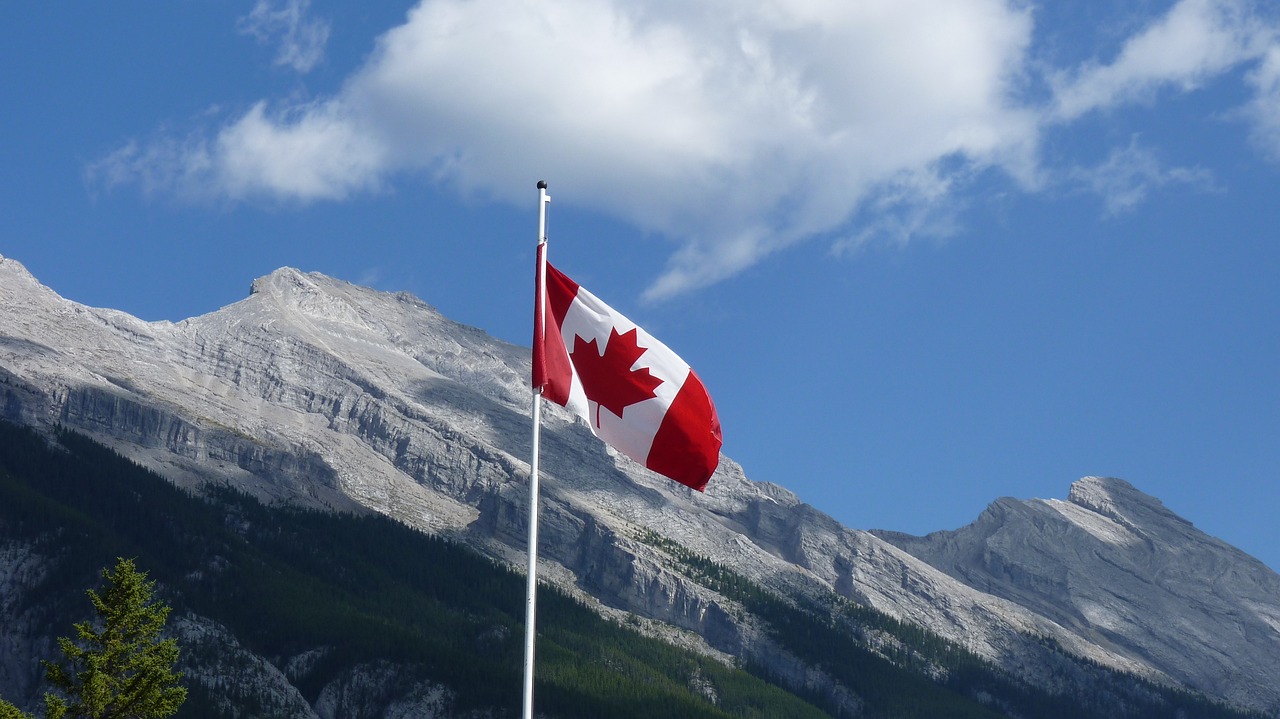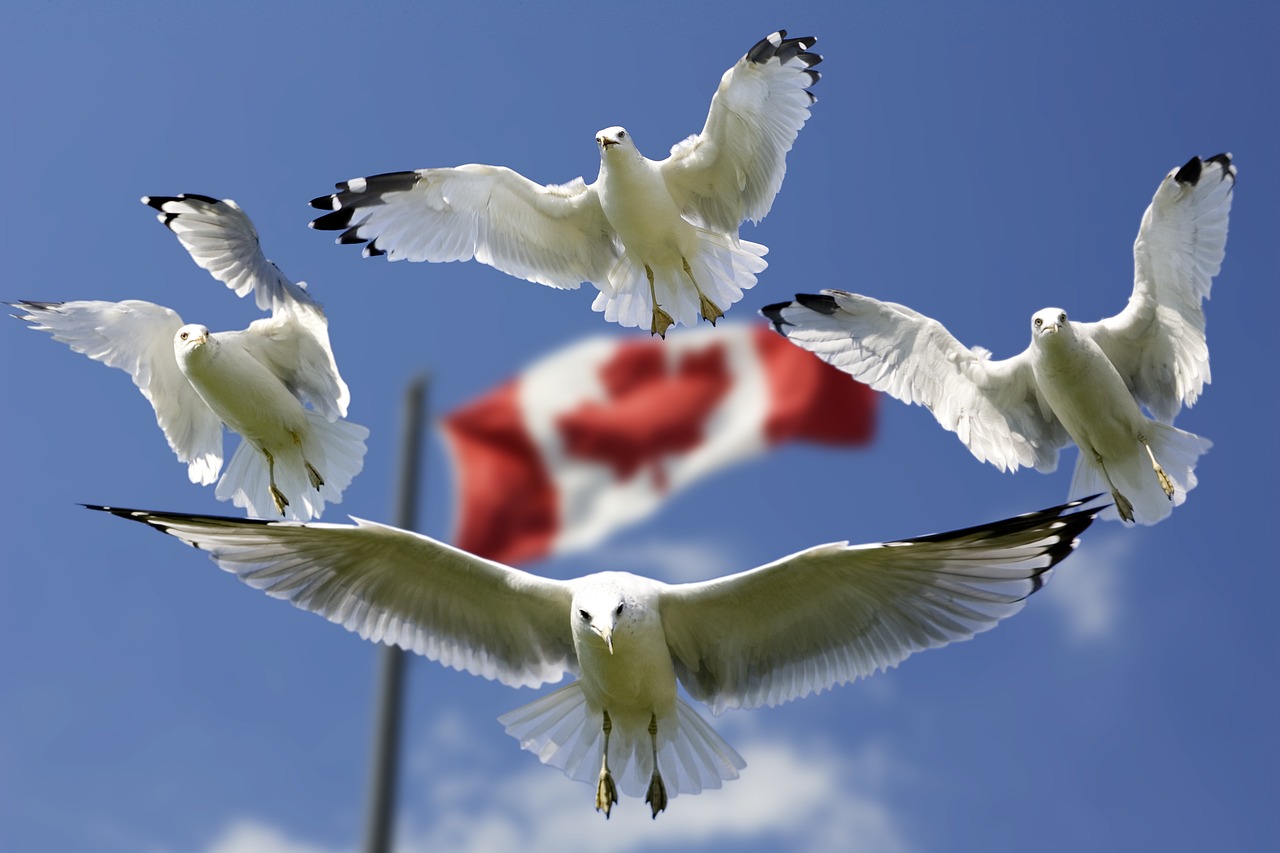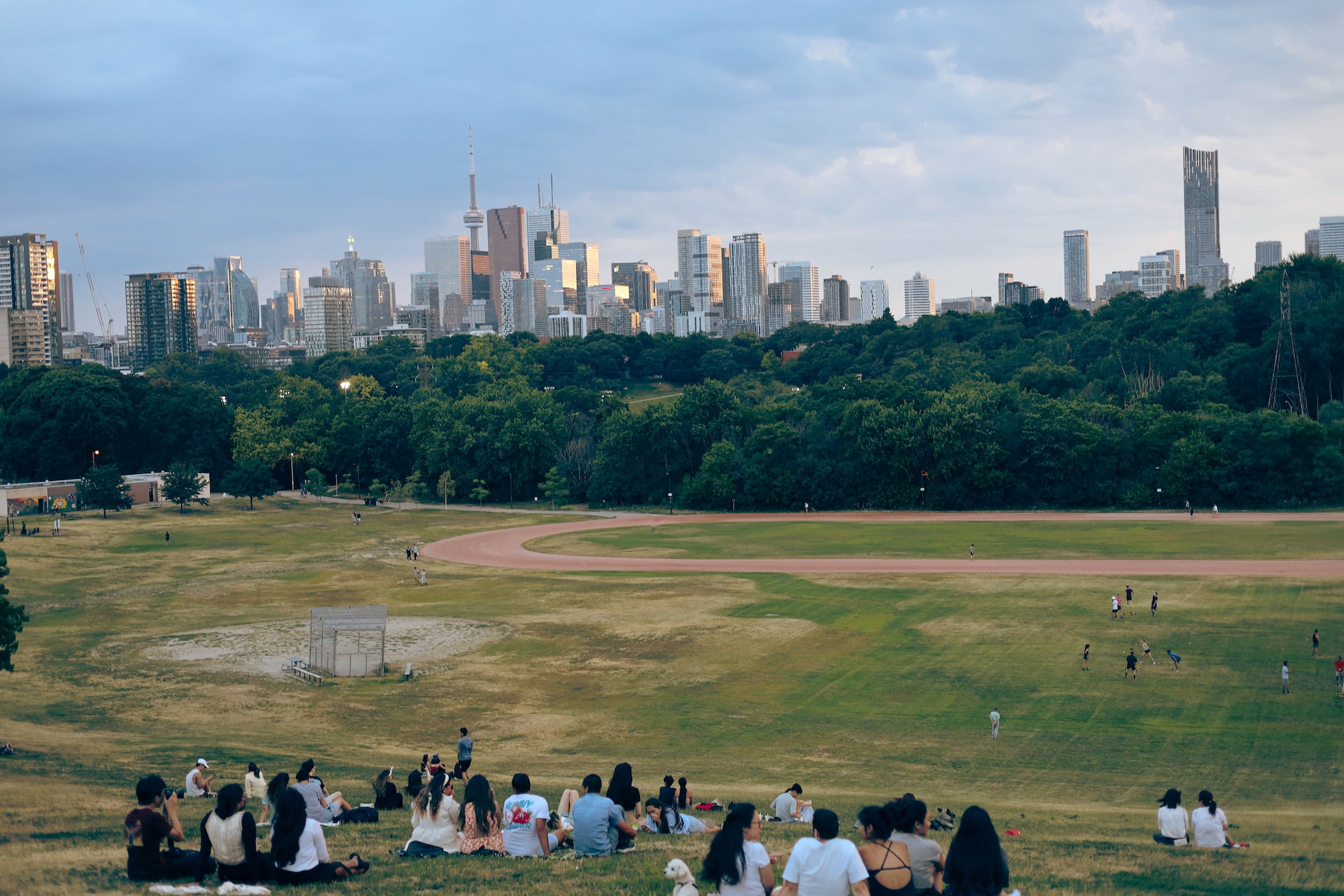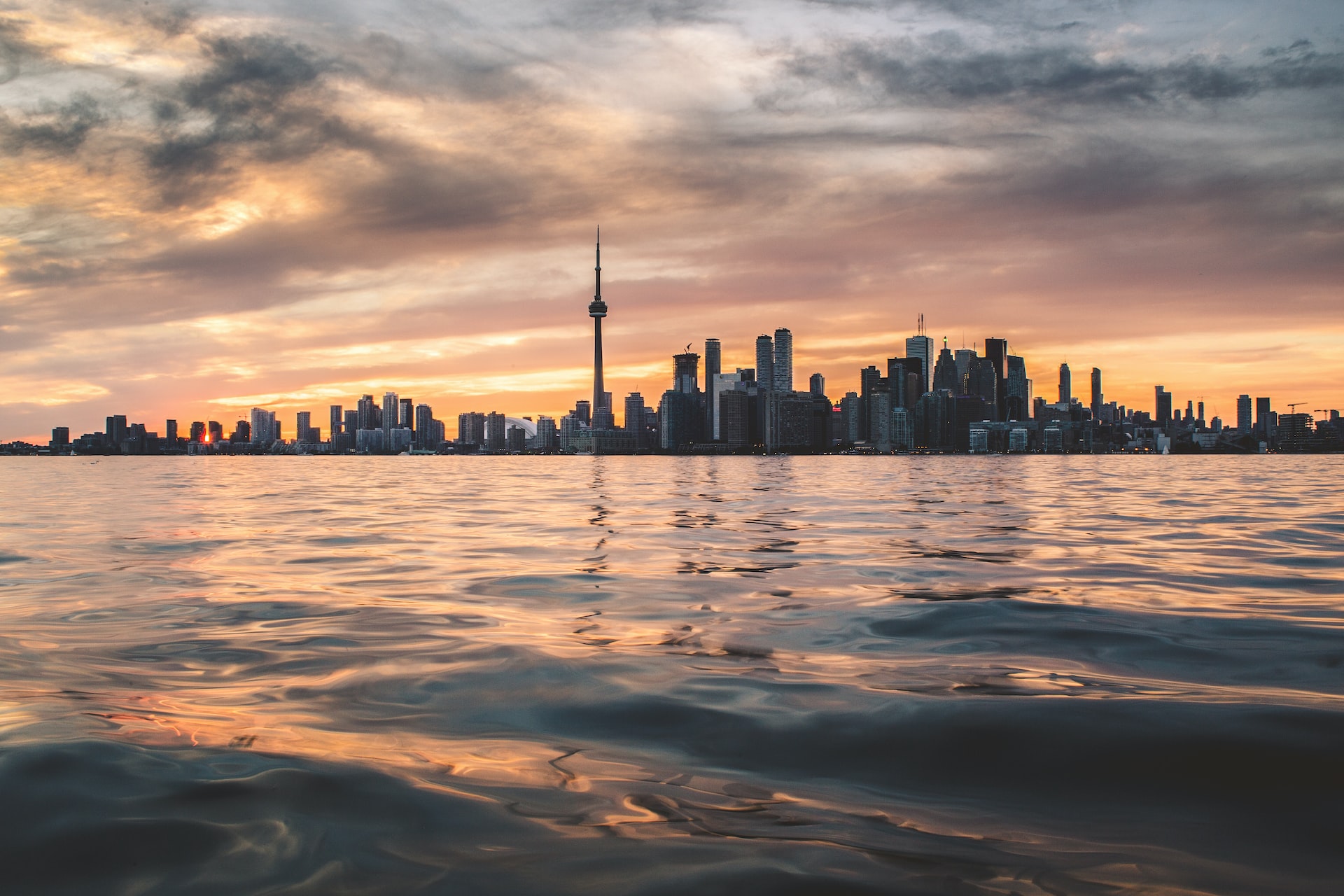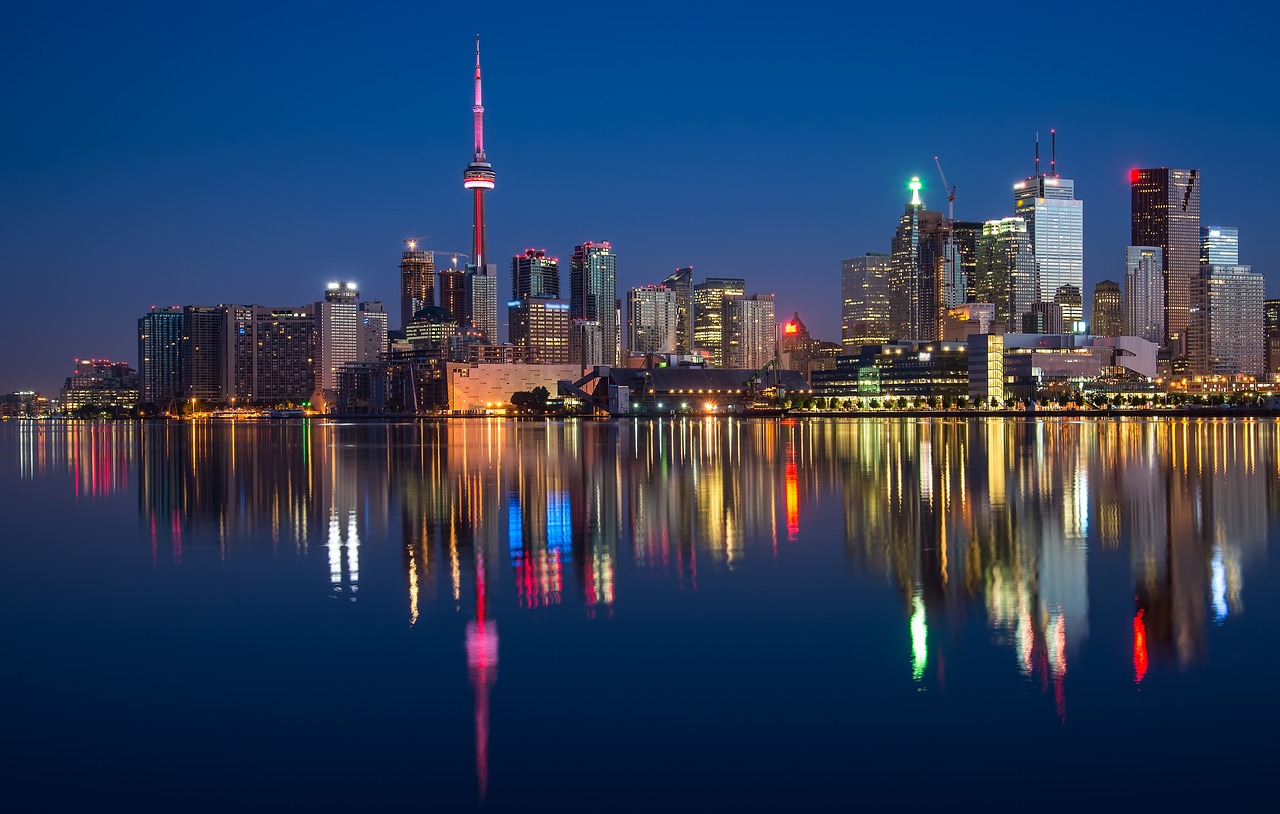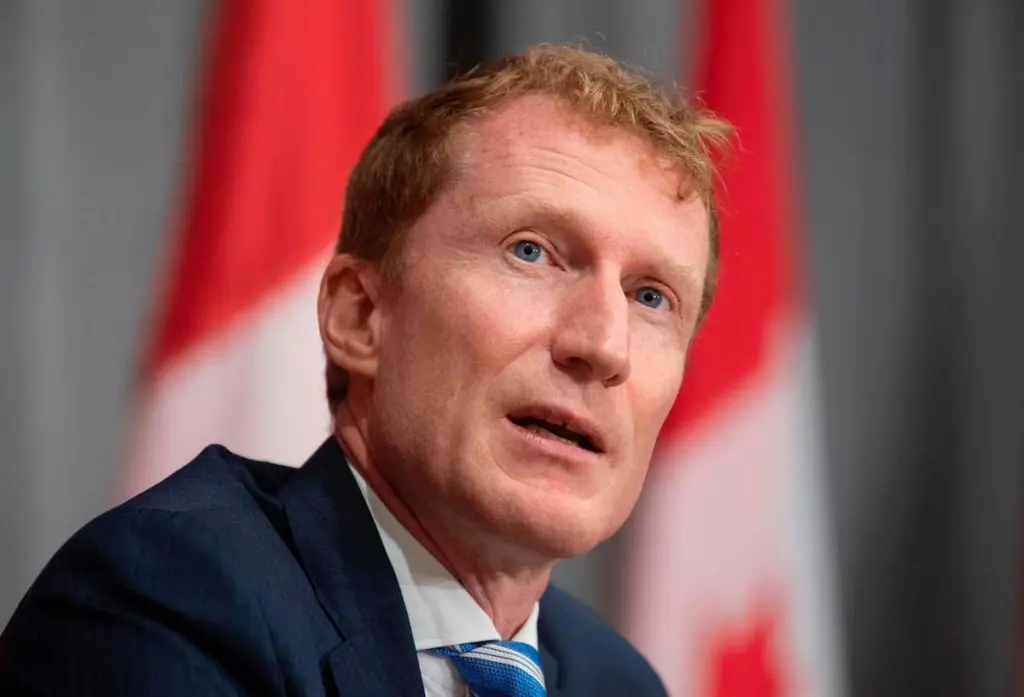
Canada’s Prime Minister Justin Trudeau made significant changes to his cabinet during a morning announcement at 10:30 AM Eastern Time.
The new immigration minister for Canada is Marc Miller, a Member of Parliament hailing from Quebec. Previously, Miller held the position of Minister of Crown-Indigenous Relations, focusing on supporting the self-determination of Canada’s Indigenous communities. The outgoing Immigration Minister, Sean Fraser, will now take on the role of Minister of Housing, Infrastructure, and Communities.
Having been elected to Canada’s Parliament in 2015, Miller brings a diverse background to his new position. Before entering politics, he practiced law and also served in the Canadian Armed Forces. Raised in Montreal, Miller earned two degrees from the Université de Montréal in Political Science and his law degree from McGill University.
In Canada, the cabinet consists of ministers appointed by the Prime Minister, responsible for pursuing and communicating the federal government’s policy priorities. Cabinet shuffles are common every two years, allowing the Prime Minister to replace underperforming ministers, promote effective ones, and refresh government policies and public communications.
The last major cabinet shuffle took place in October 2021, following that year’s federal election. During this reshuffle, Fraser was appointed as Canada’s Immigration Minister and head of the Department of Immigration, Refugees, and Citizenship Canada (IRCC).
Since taking office in November 2015, Prime Minister Trudeau has led Canada to pursue more assertive immigration levels. The country welcomed around 250,000 new permanent residents annually before Trudeau’s tenure. Under his leadership, this number increased to 300,000 per year and further to 340,000 per year just before the pandemic. During the pandemic, Canada raised its immigration targets to over 400,000 new permanent residents each year. Looking ahead, the Immigration Levels Plan 2023-2025 aims for 500,000 permanent residence landings annually by 2025, showcasing Canada’s commitment to welcoming newcomers and maintaining a dynamic and diverse society.
The drive towards significantly higher immigration levels in Canada is primarily motivated by the country’s aging population and low birth rate. With approximately 9 million baby boomers reaching the retirement age of 65 within the next decade, the federal government recognizes immigration as a critical measure to fortify the nation’s economy and fiscal stability. Concurrently, Canada is facing historically low unemployment rates and remarkably high job vacancy rates.
Following a major cabinet shuffle, the Prime Minister has the option to issue new mandate letters to the cabinet members, outlining their specific areas of focus during their tenure.
In December 2021, Prime Minister Trudeau provided Sean Fraser, the Immigration Minister at that time, with a set of immigration policies to prioritize. These policies encompassed increasing immigration levels, streamlining application processing for newcomers, reforming the Express Entry system, reinforcing family reunification, and promoting immigration of French-speaking individuals to Canada.
Since then, Fraser has made significant progress in implementing several of these measures. For instance, Canada has recently started adopting category-based selection for the Express Entry system, aimed at fulfilling various economic priorities, including the enhancement of francophone immigration. Additionally, in late May, Fraser announced new measures to facilitate family unity within Canada.
Through these strategic initiatives, Canada continues to strengthen its immigration system to not only address demographic challenges but also to leverage the potential of newcomers in contributing to the country’s social, cultural, and economic landscape.




